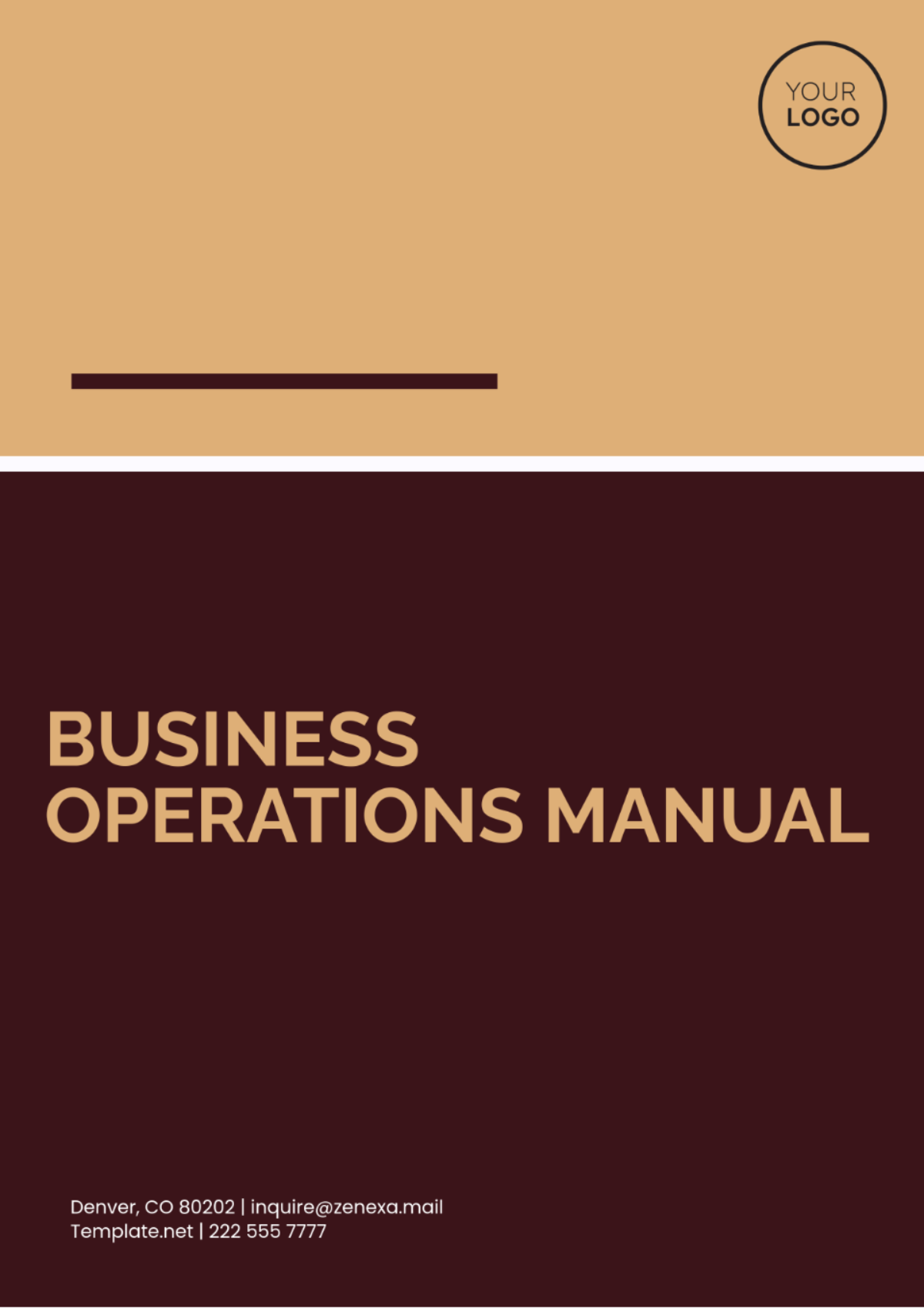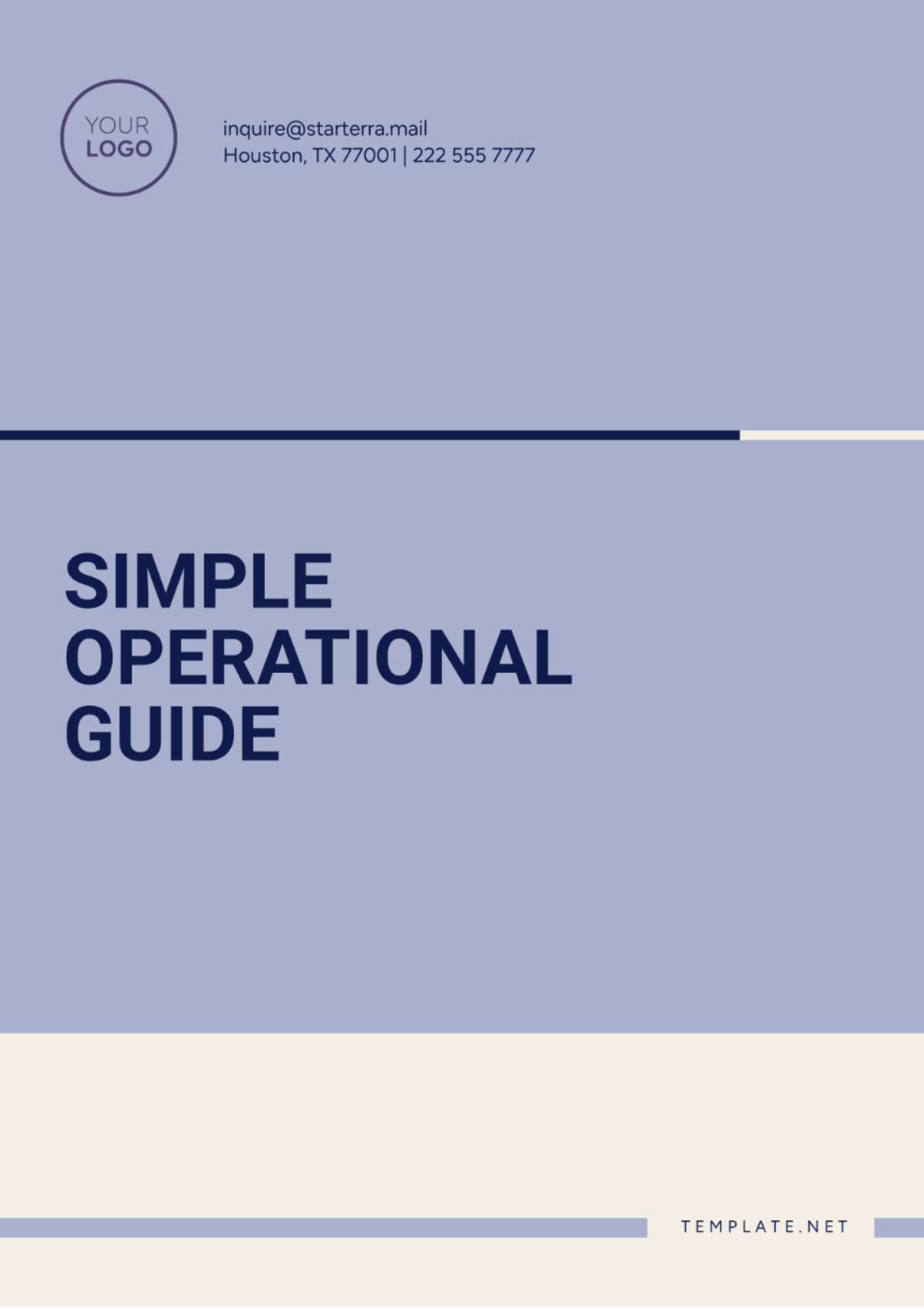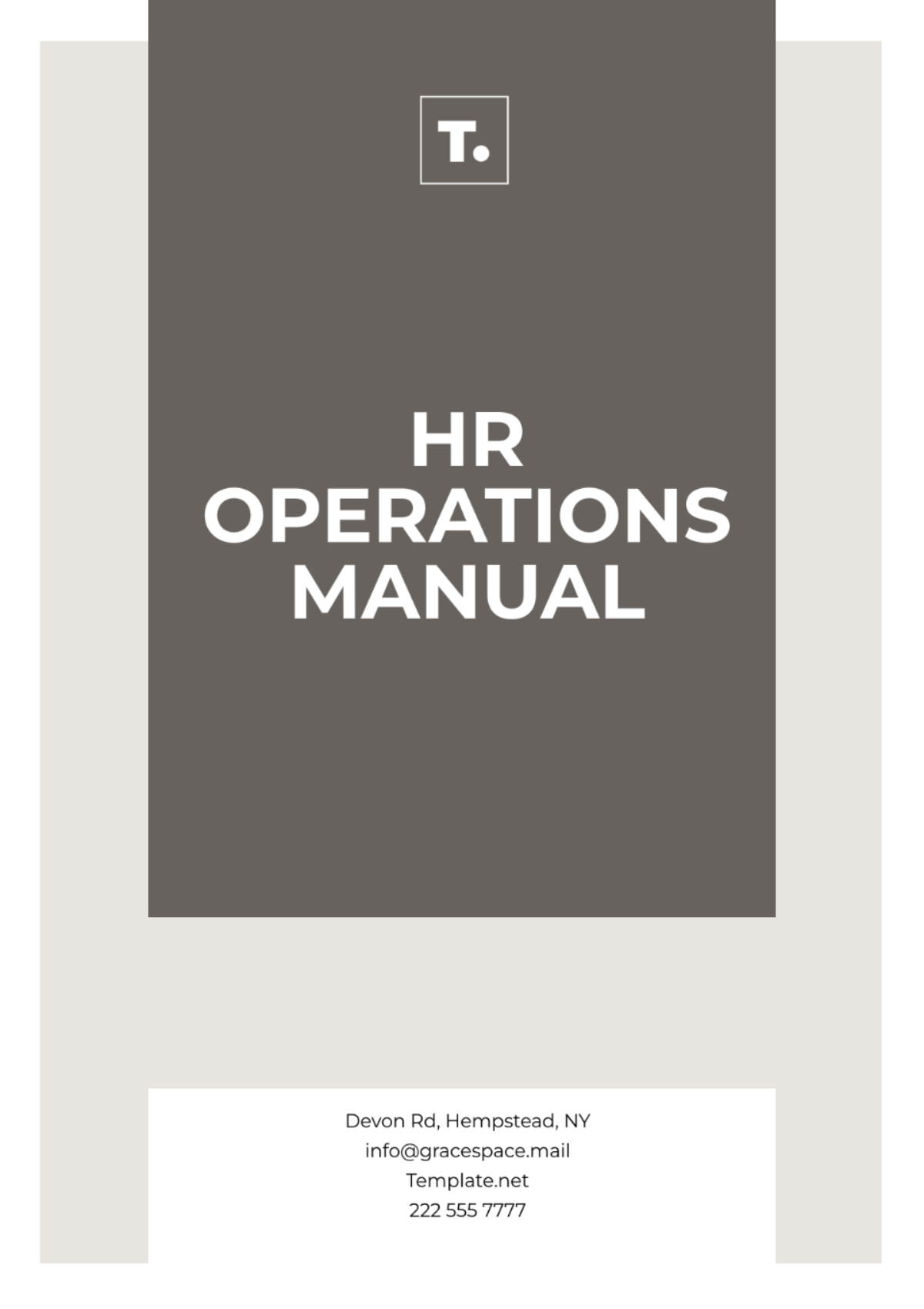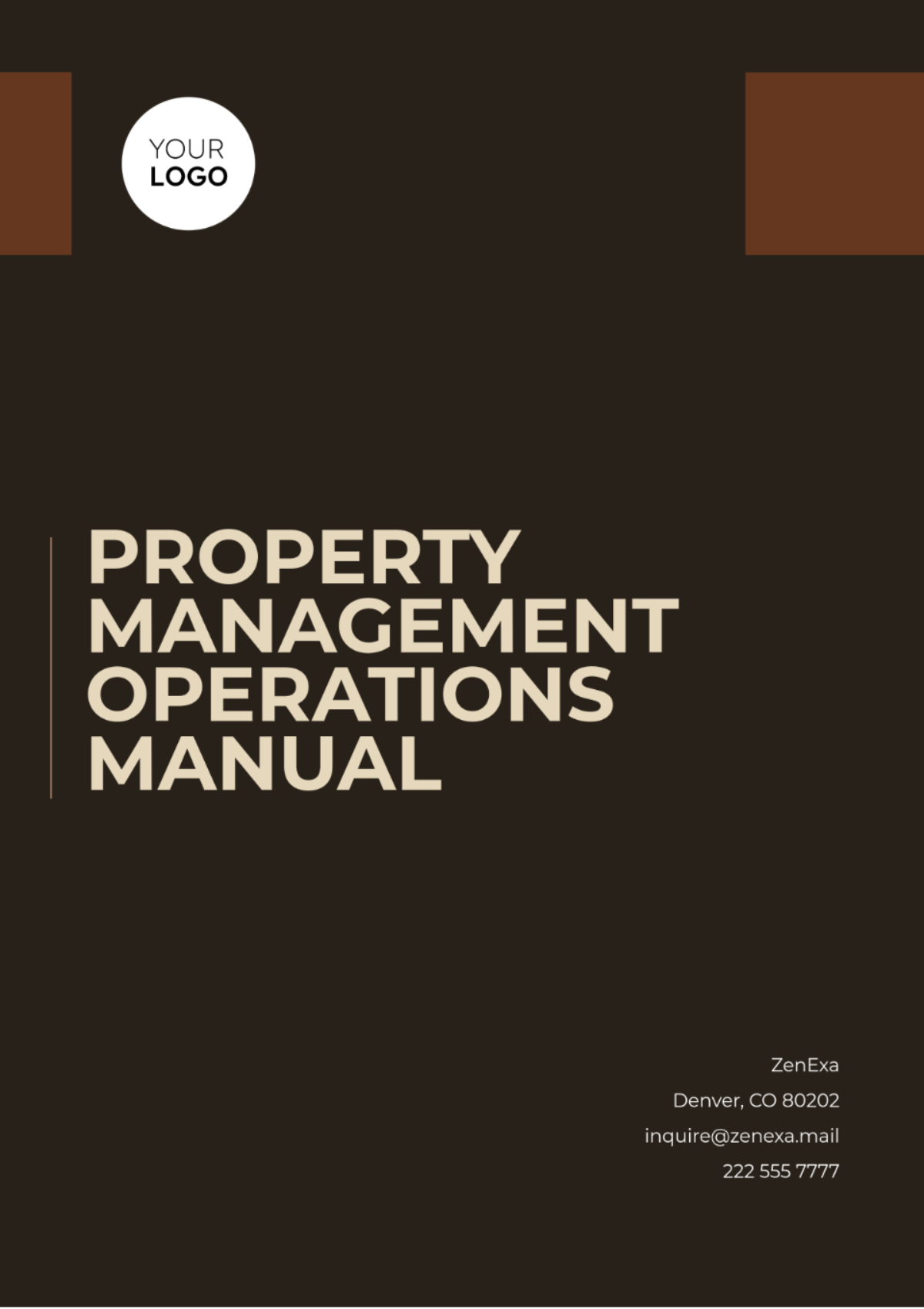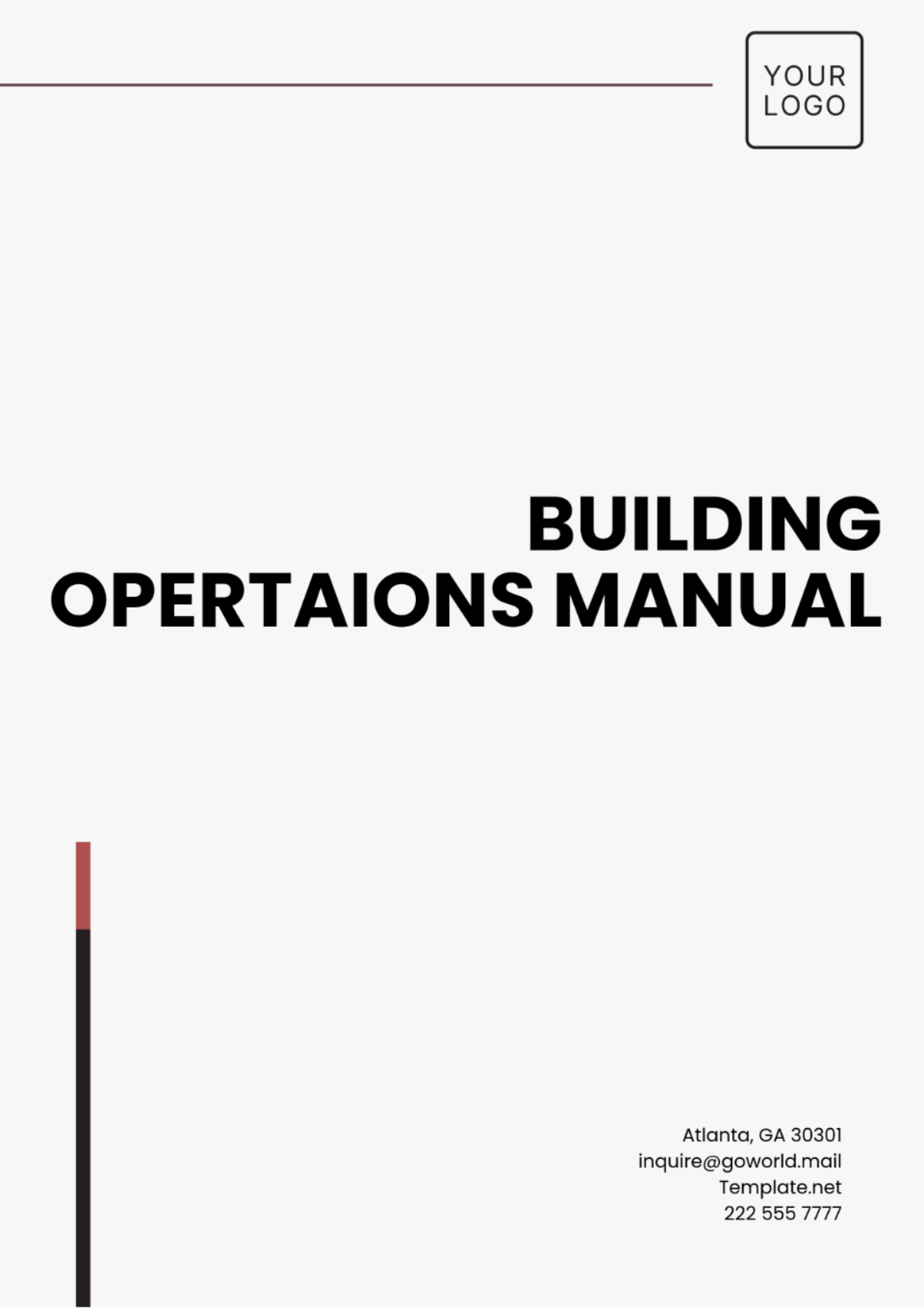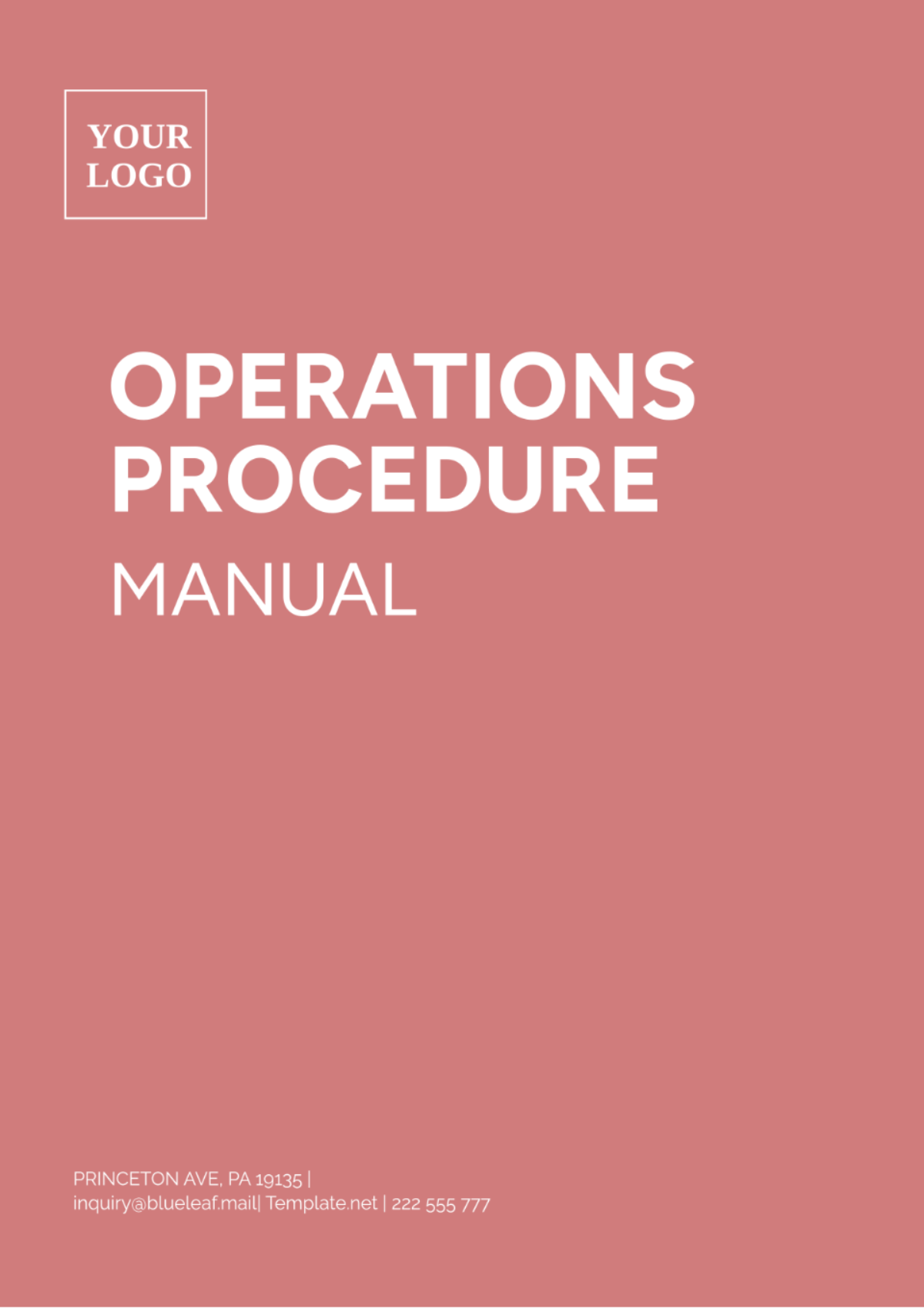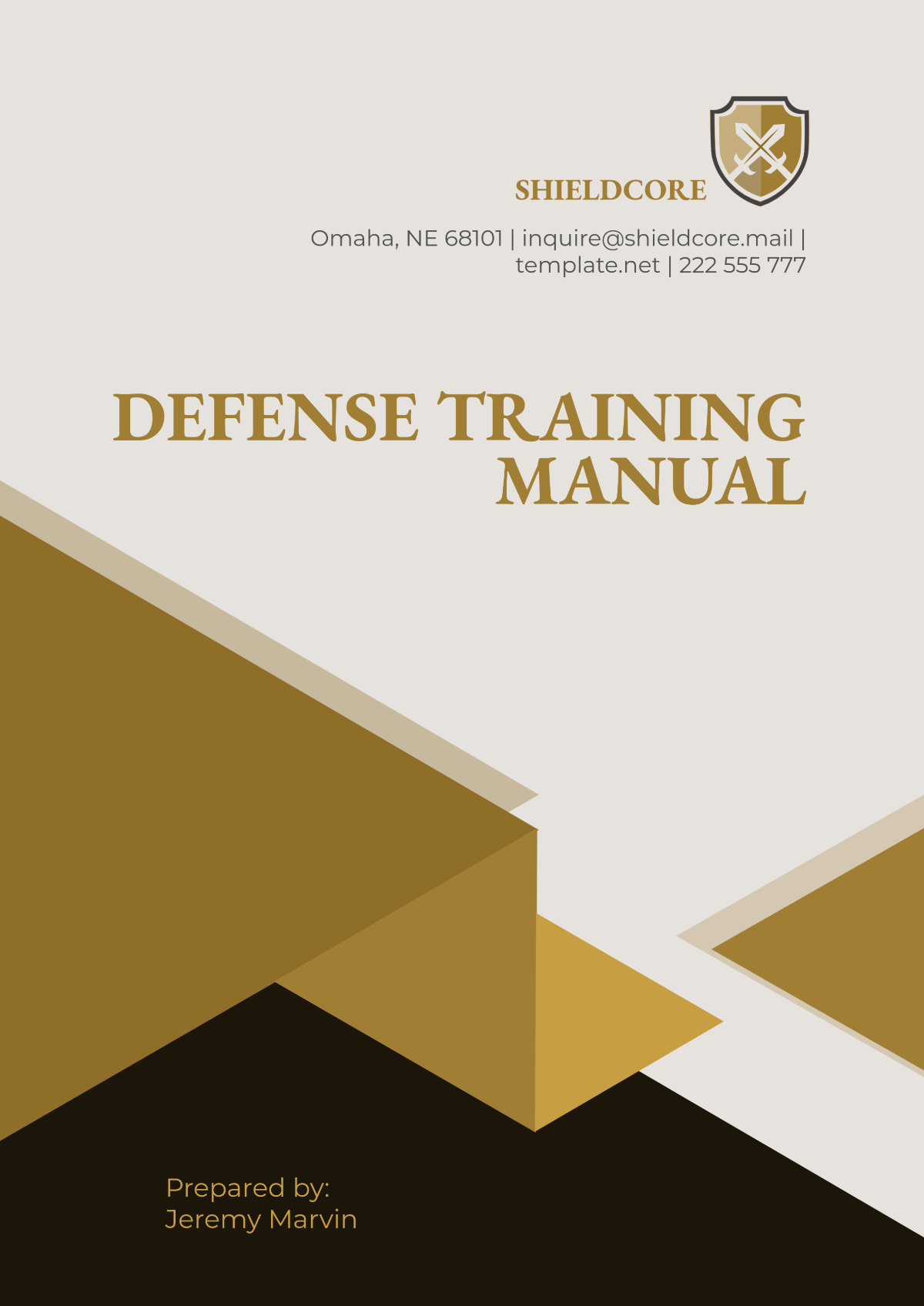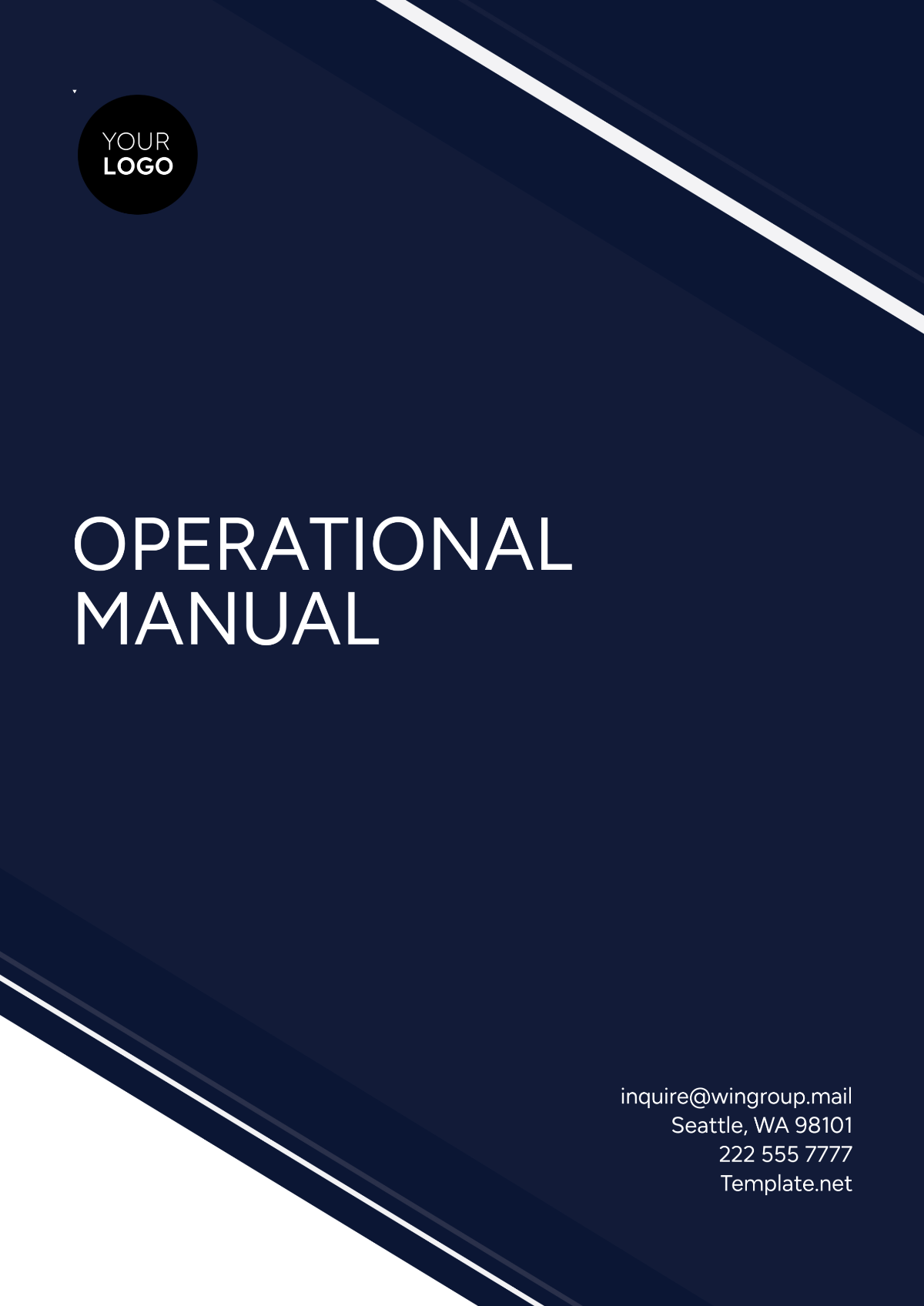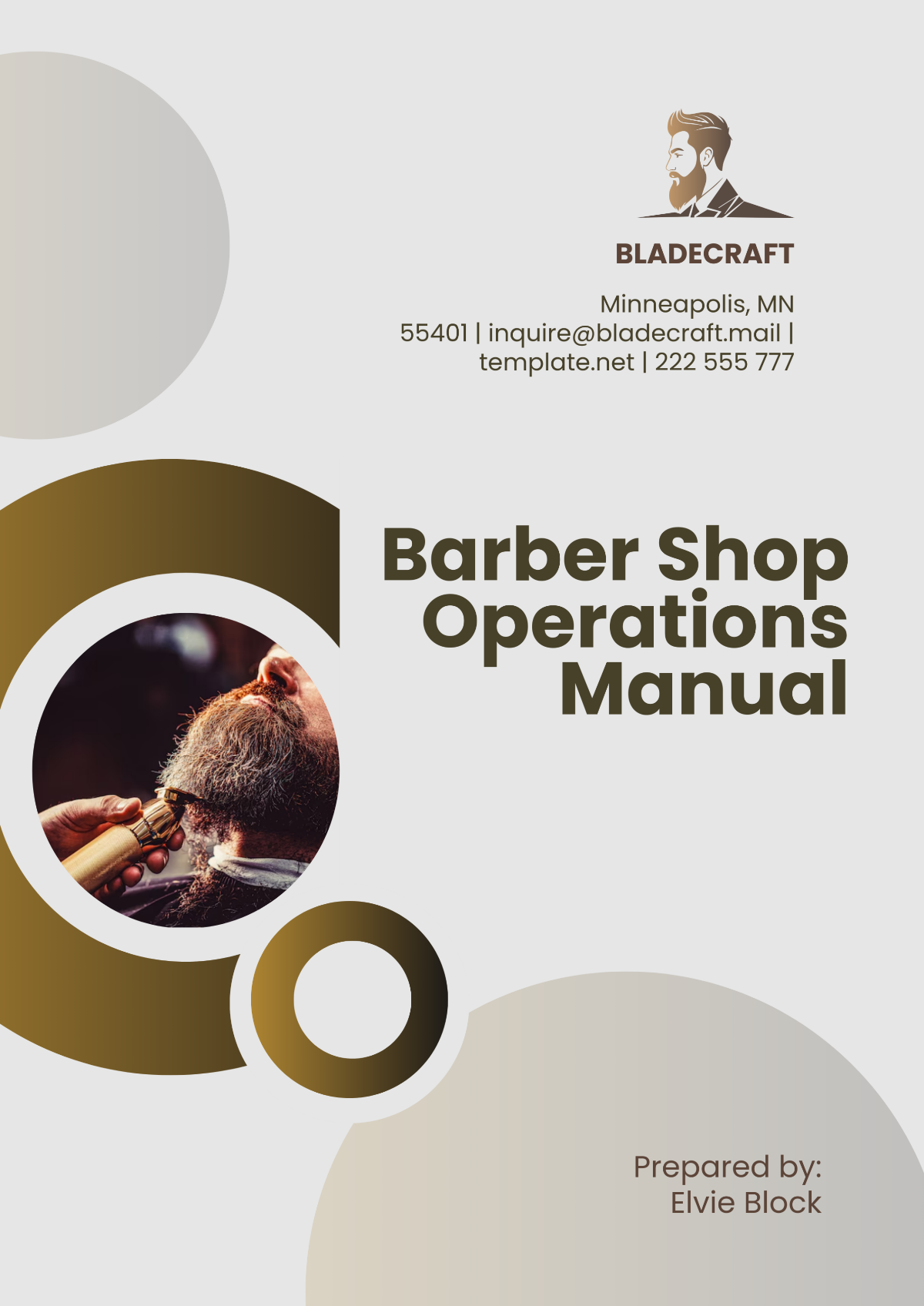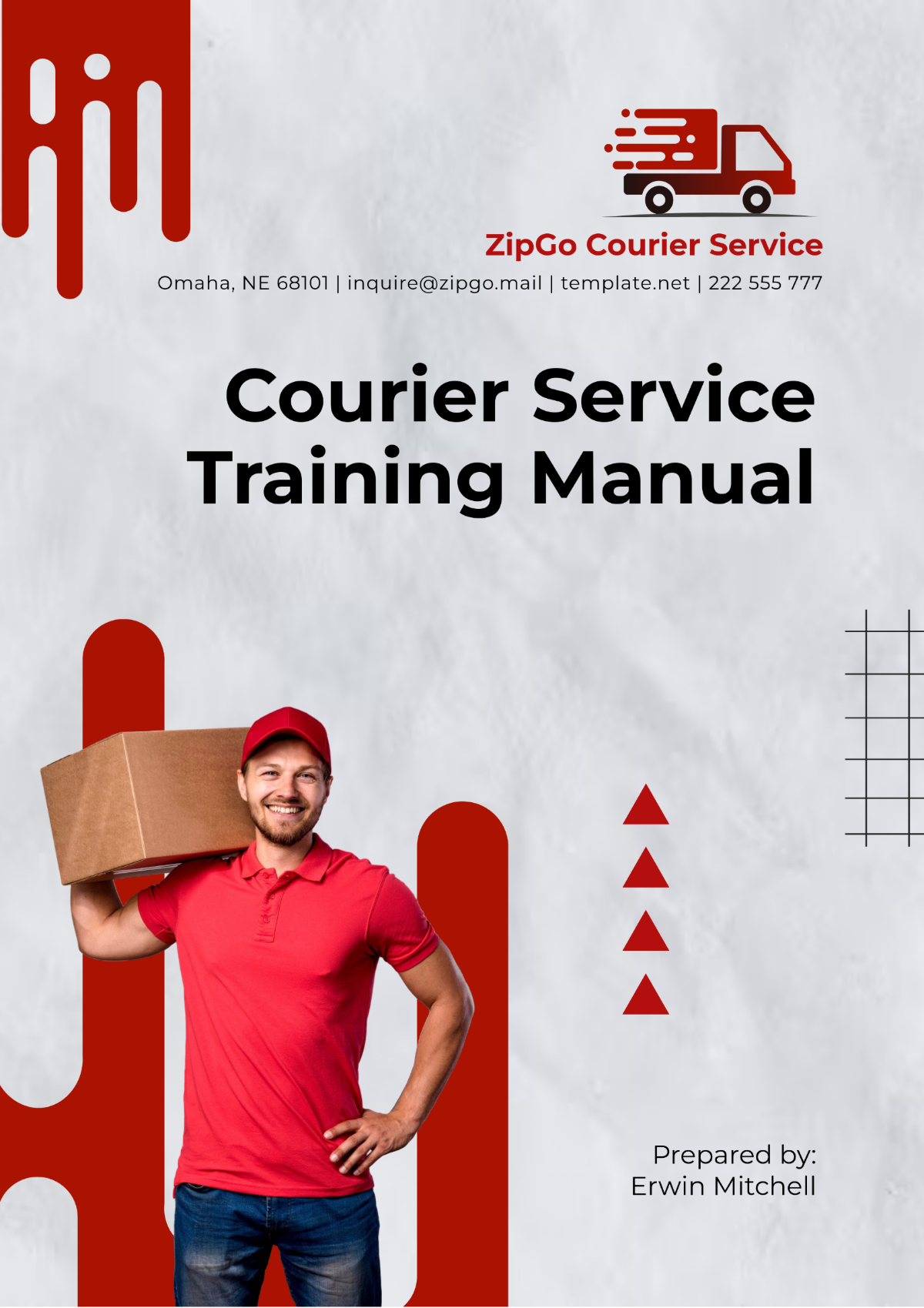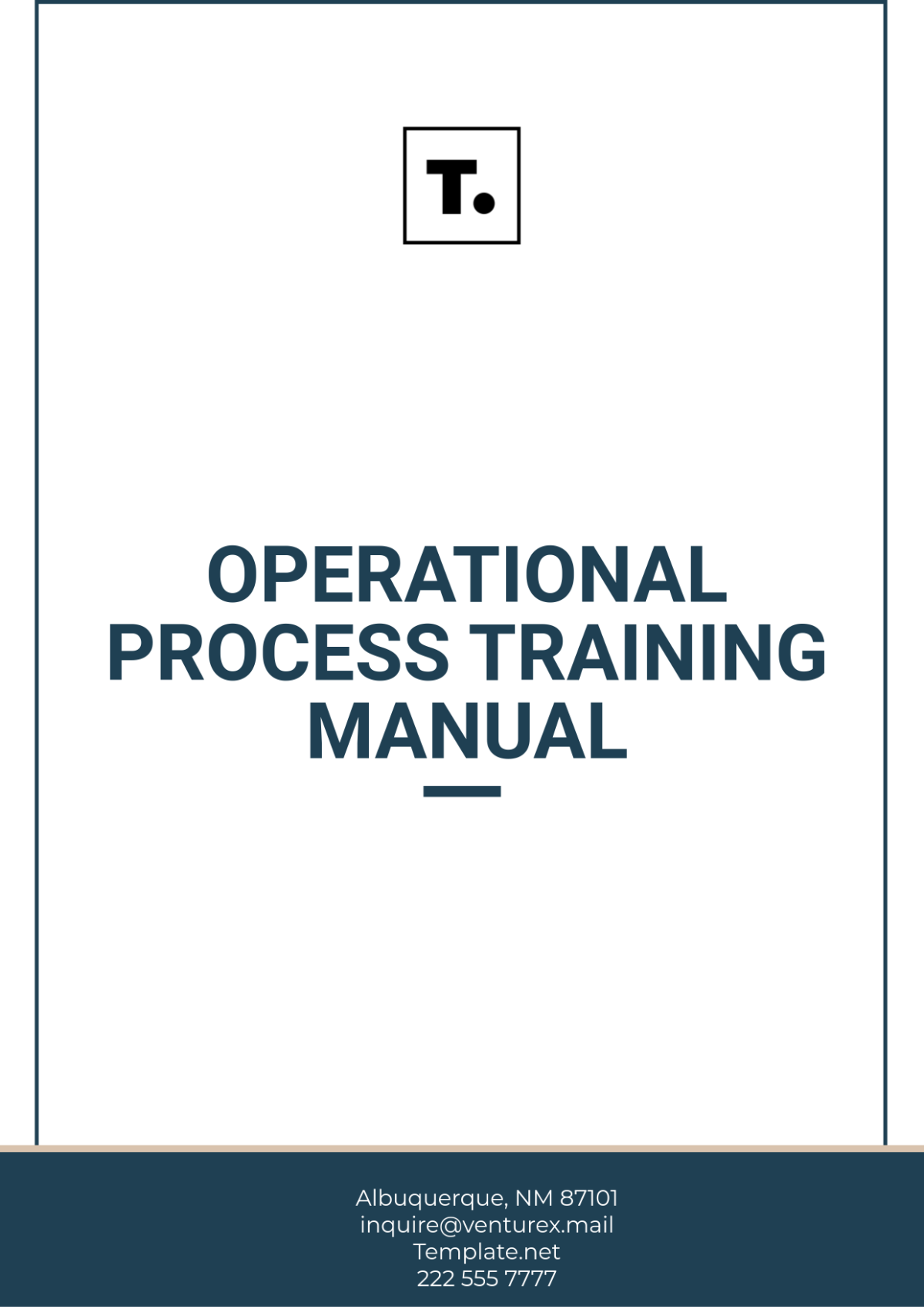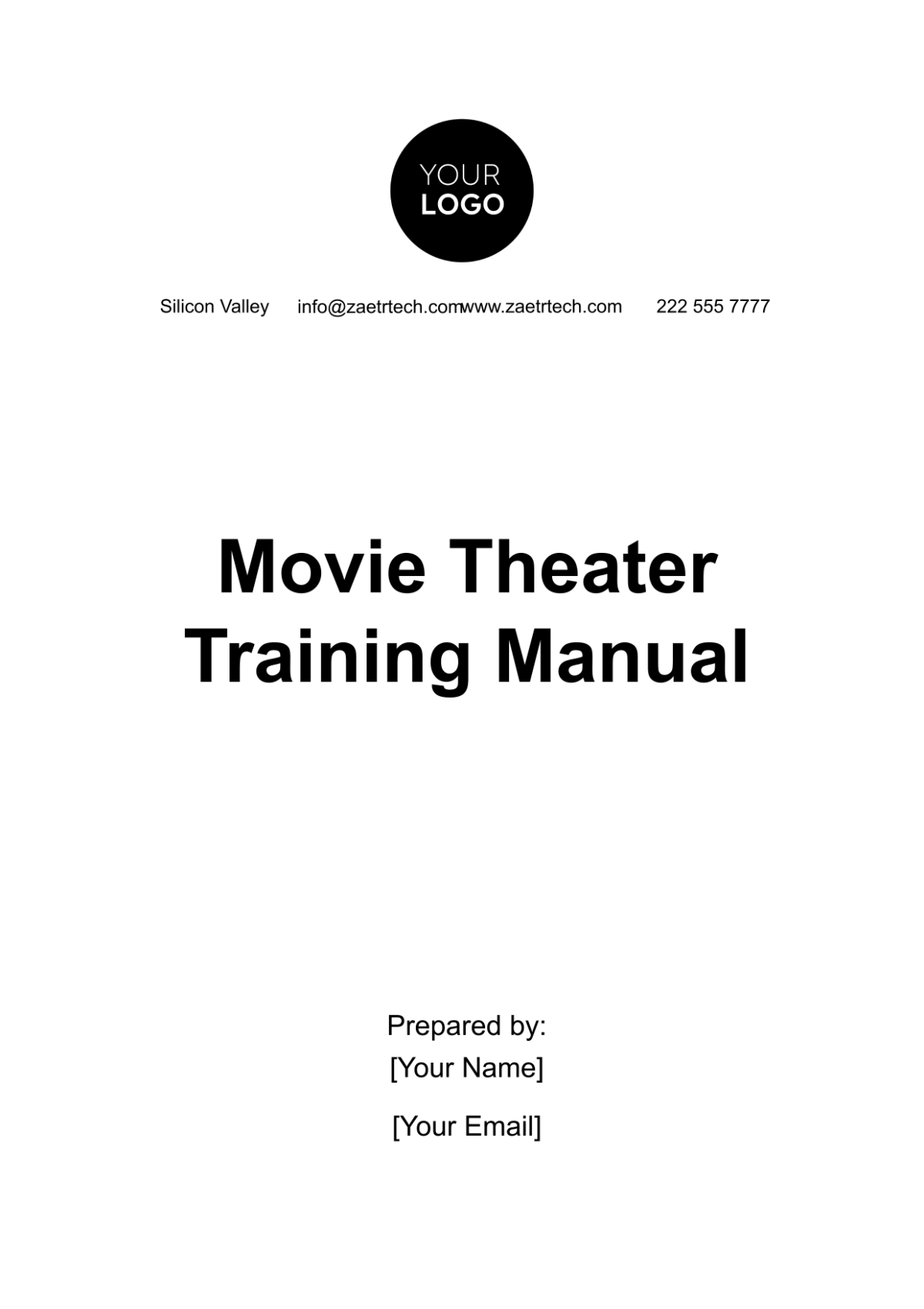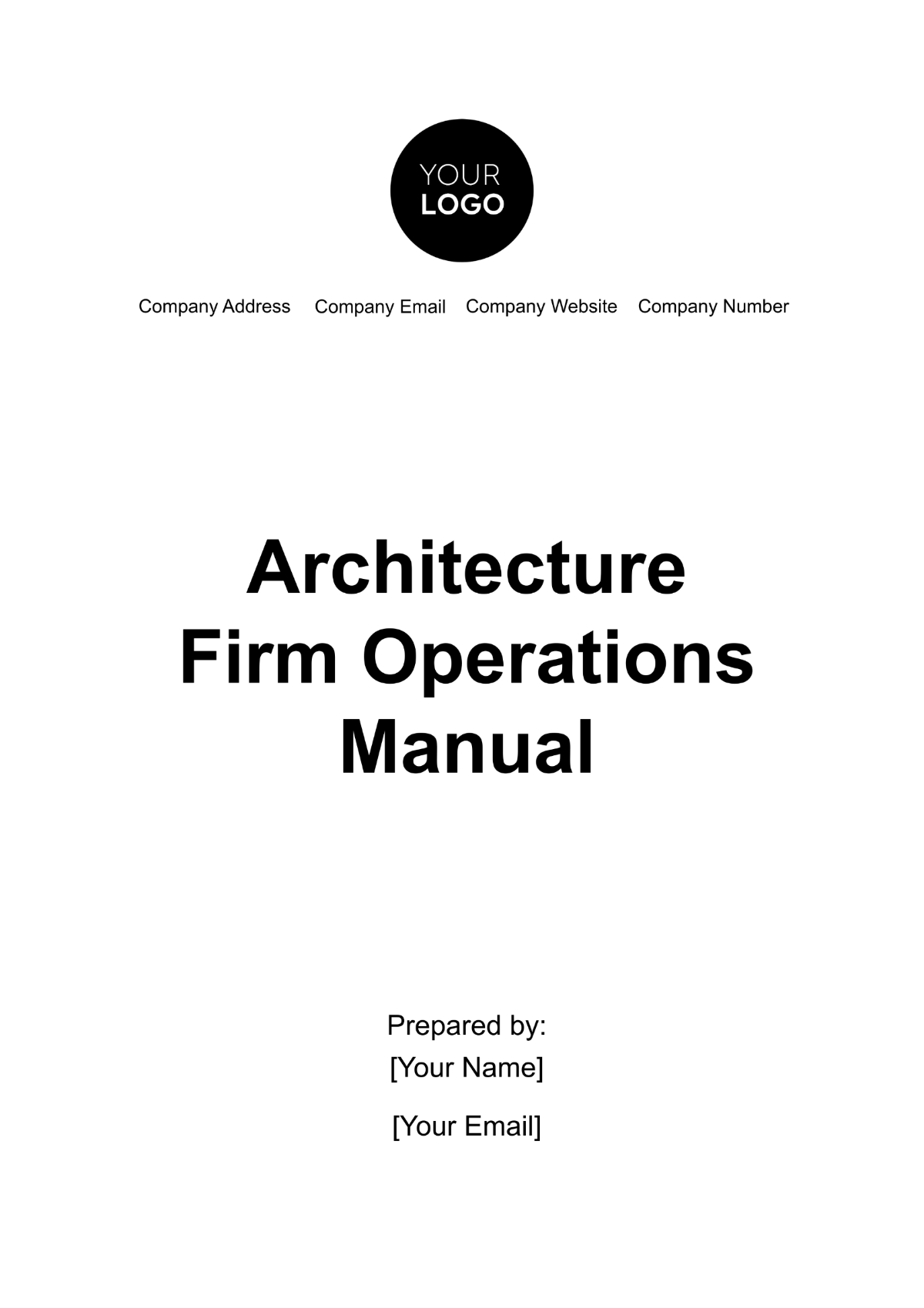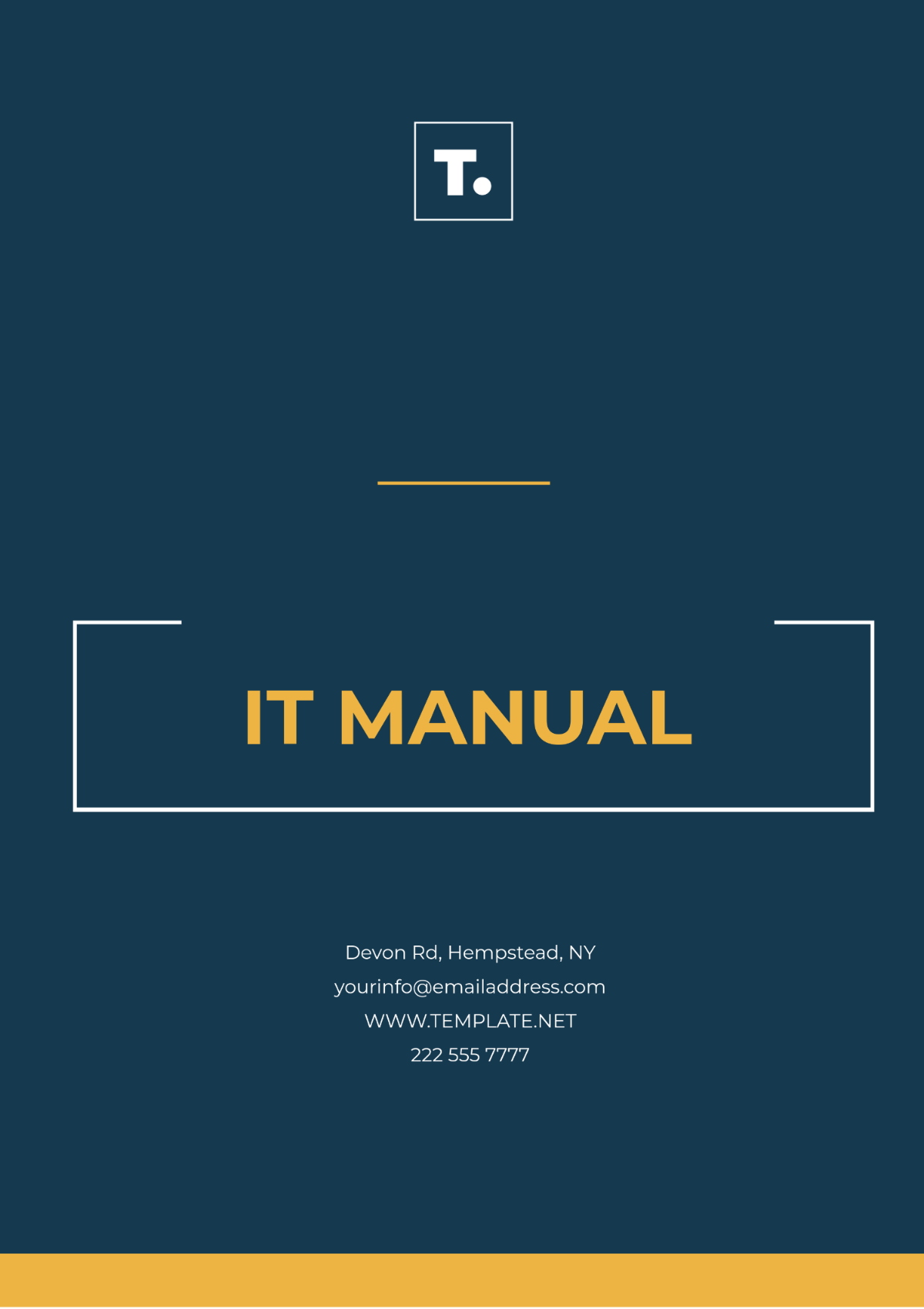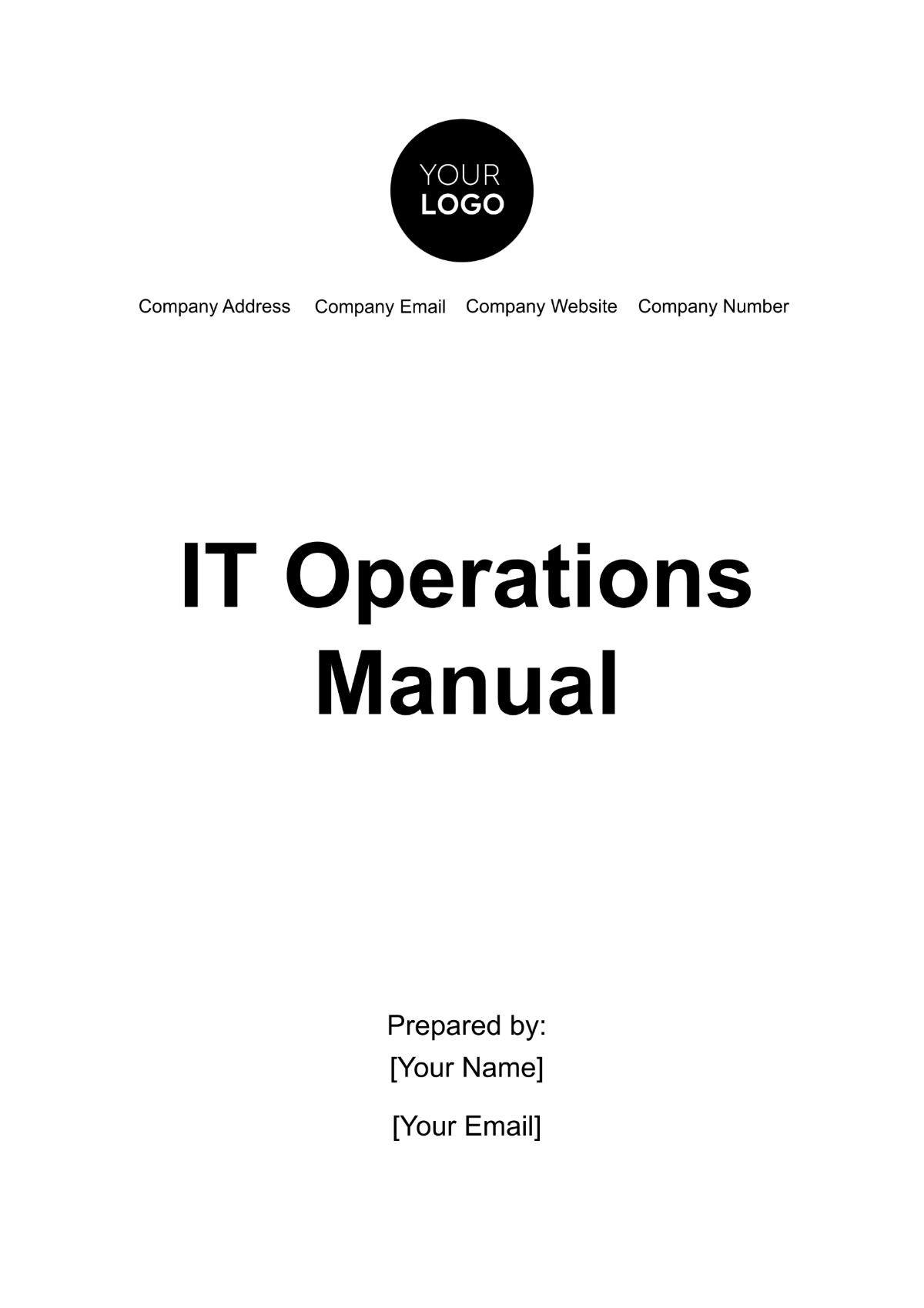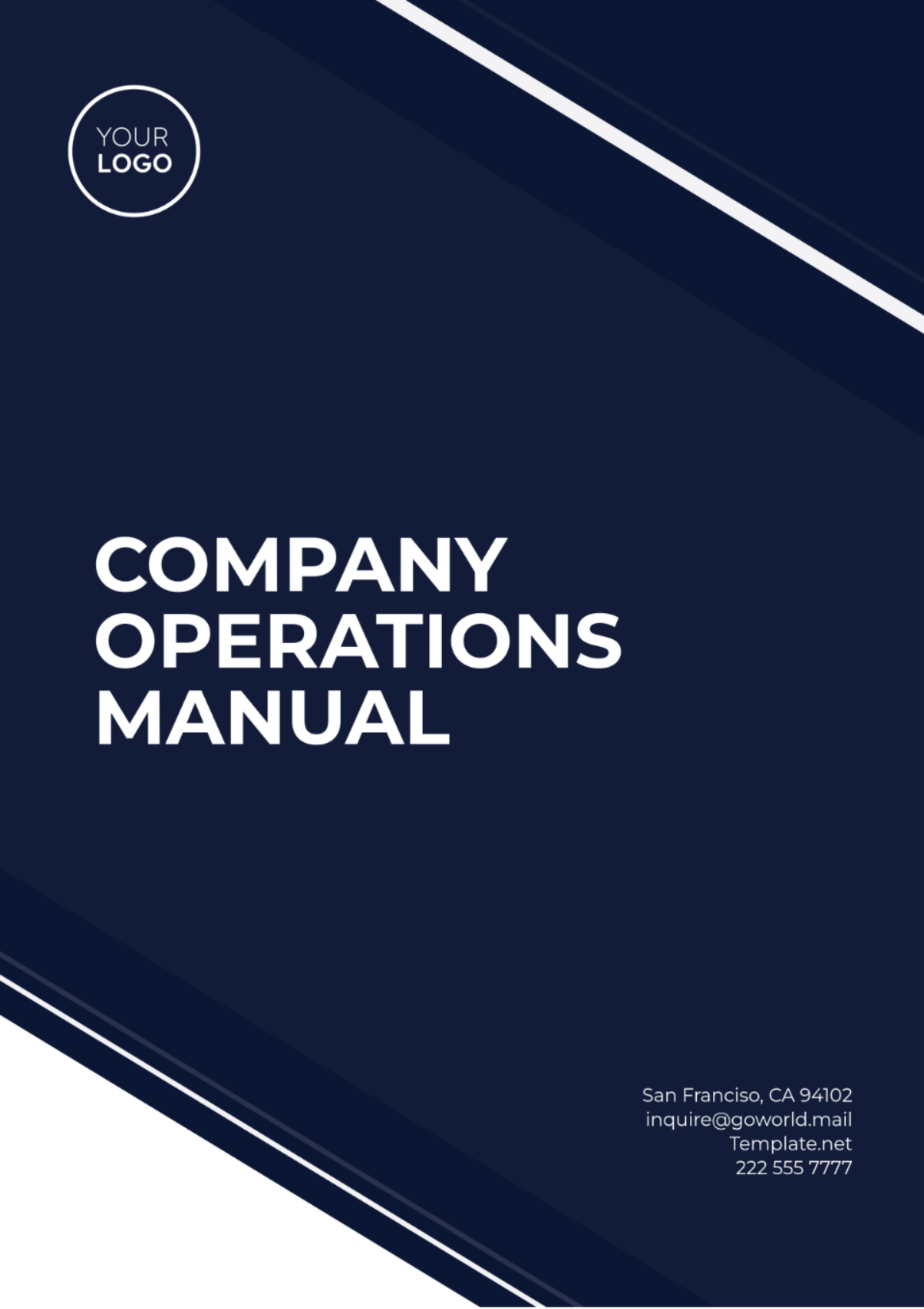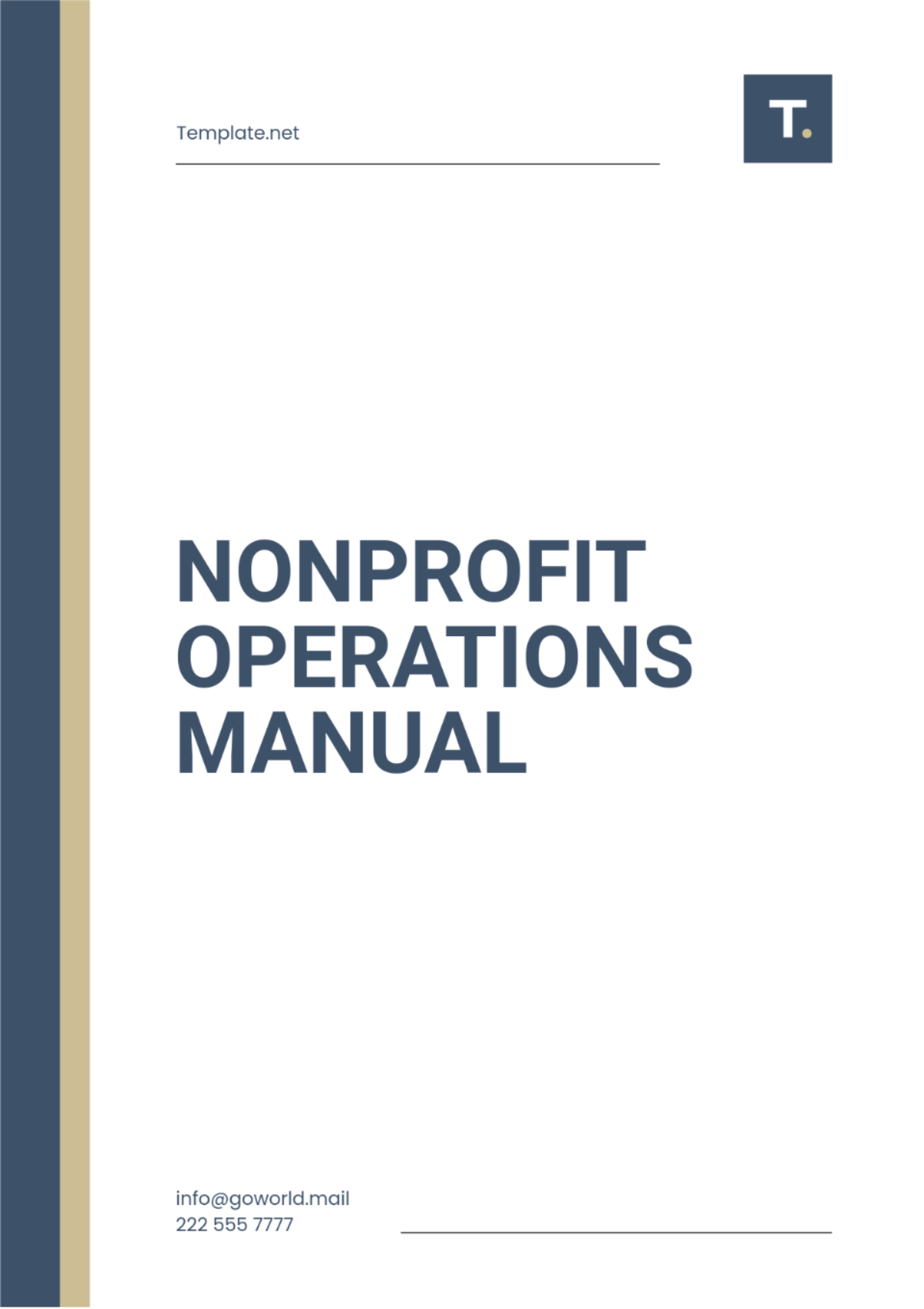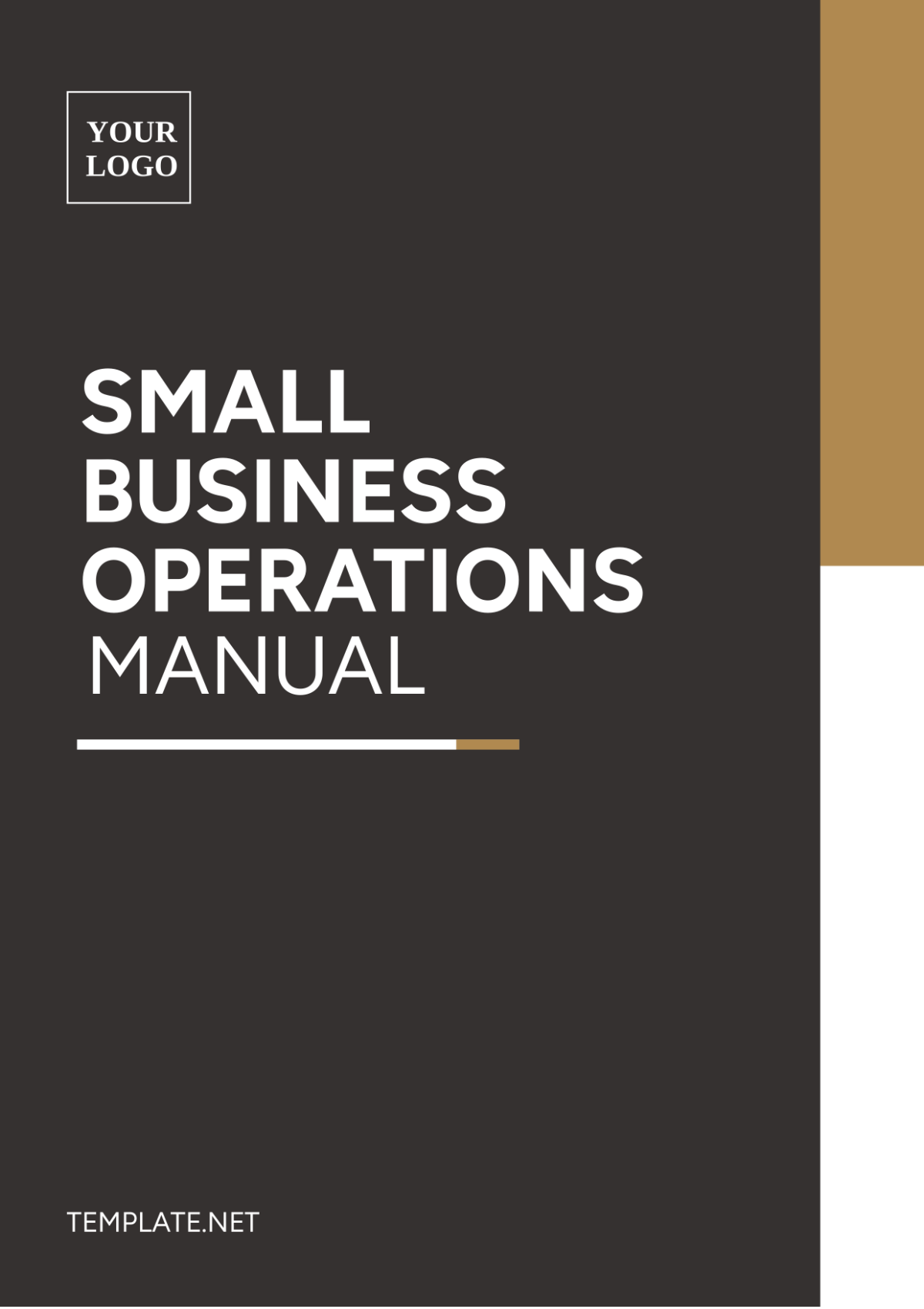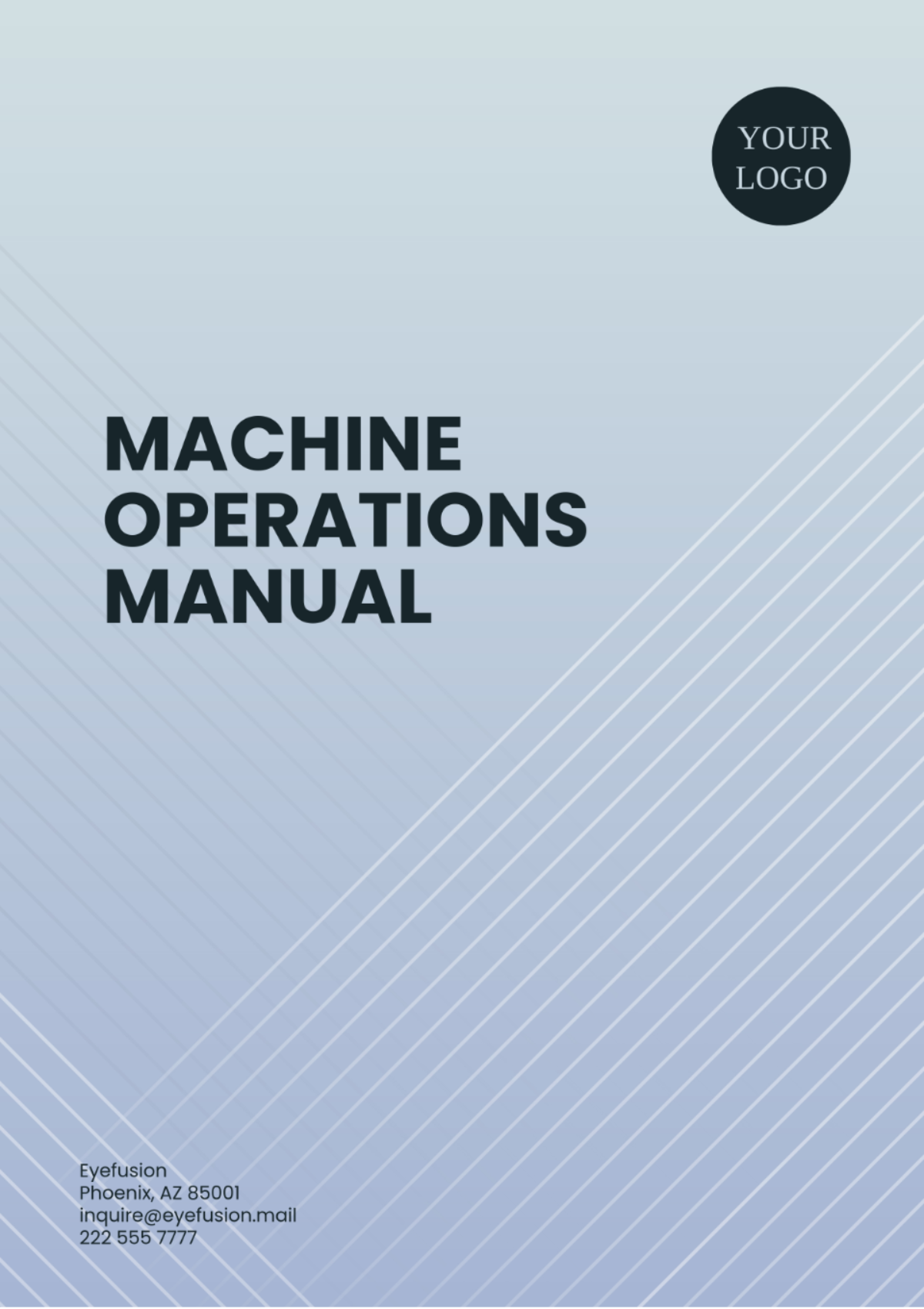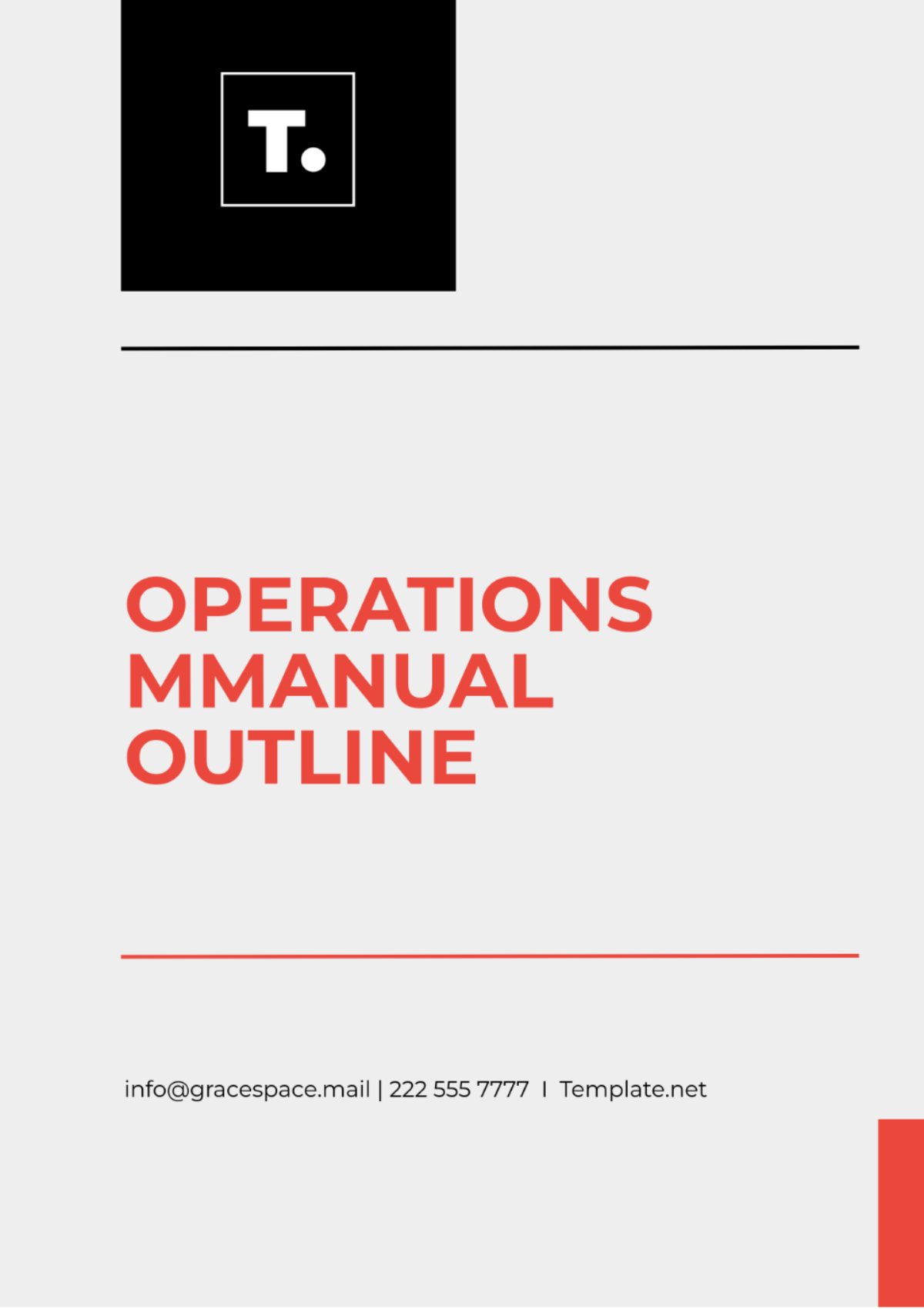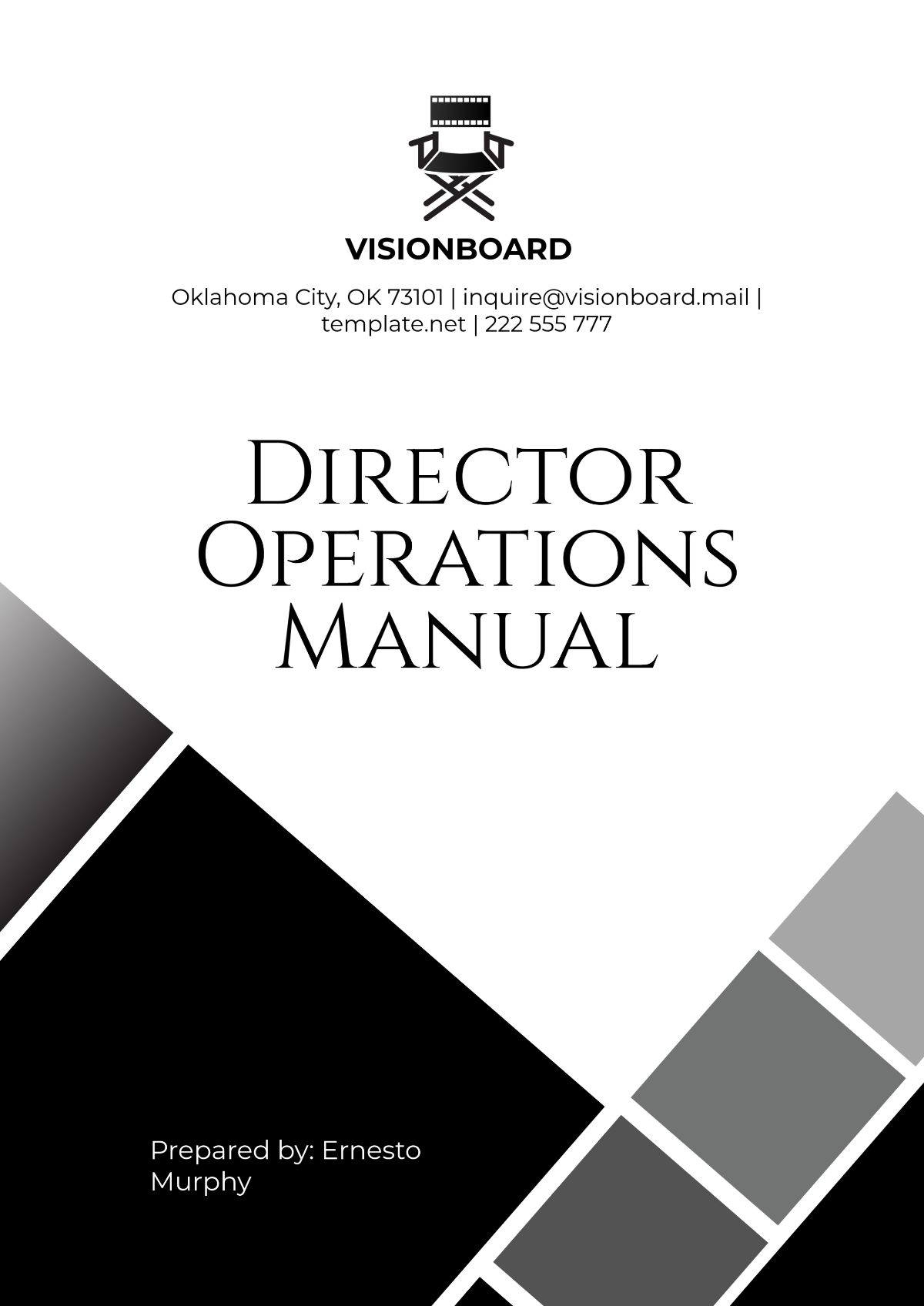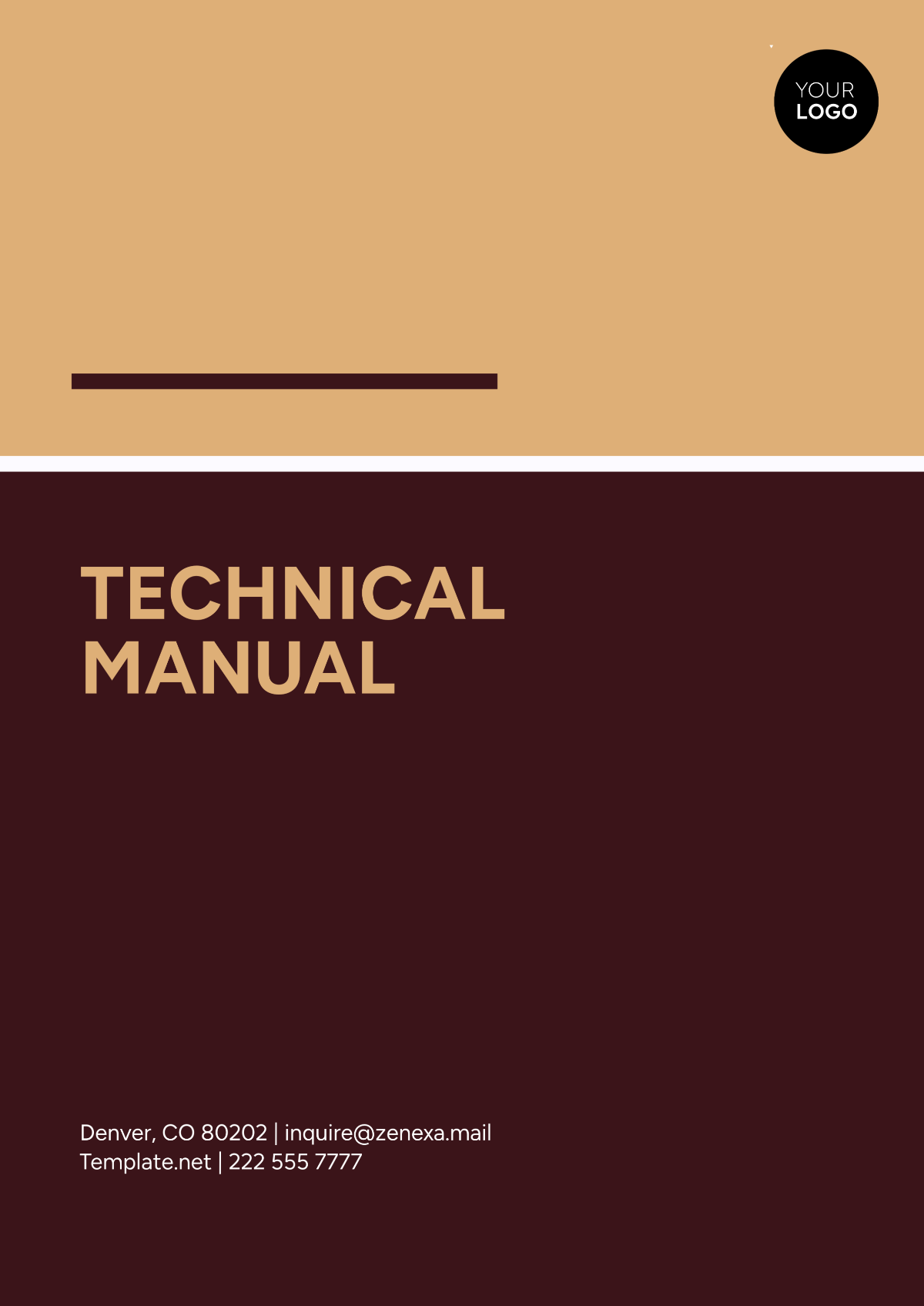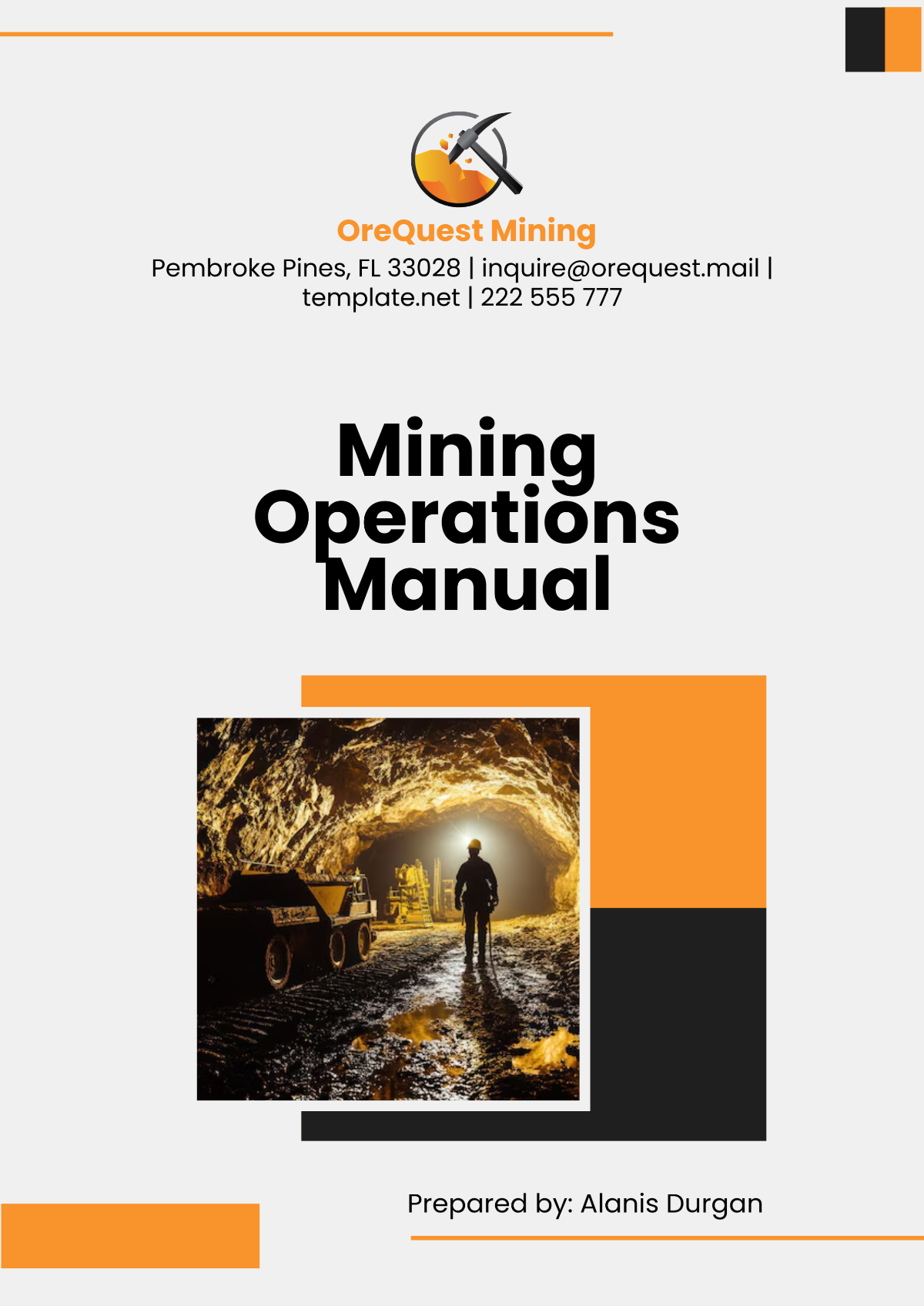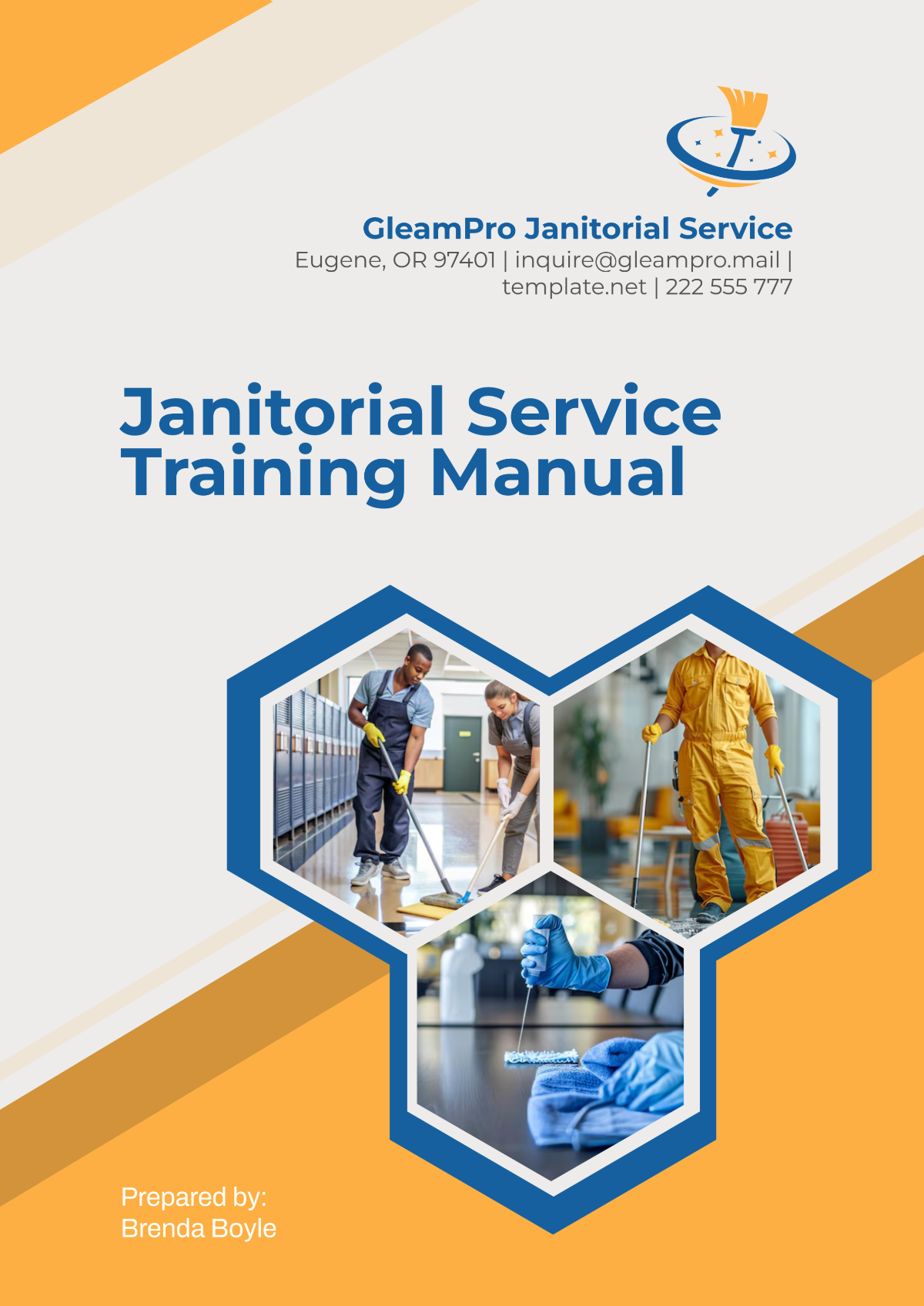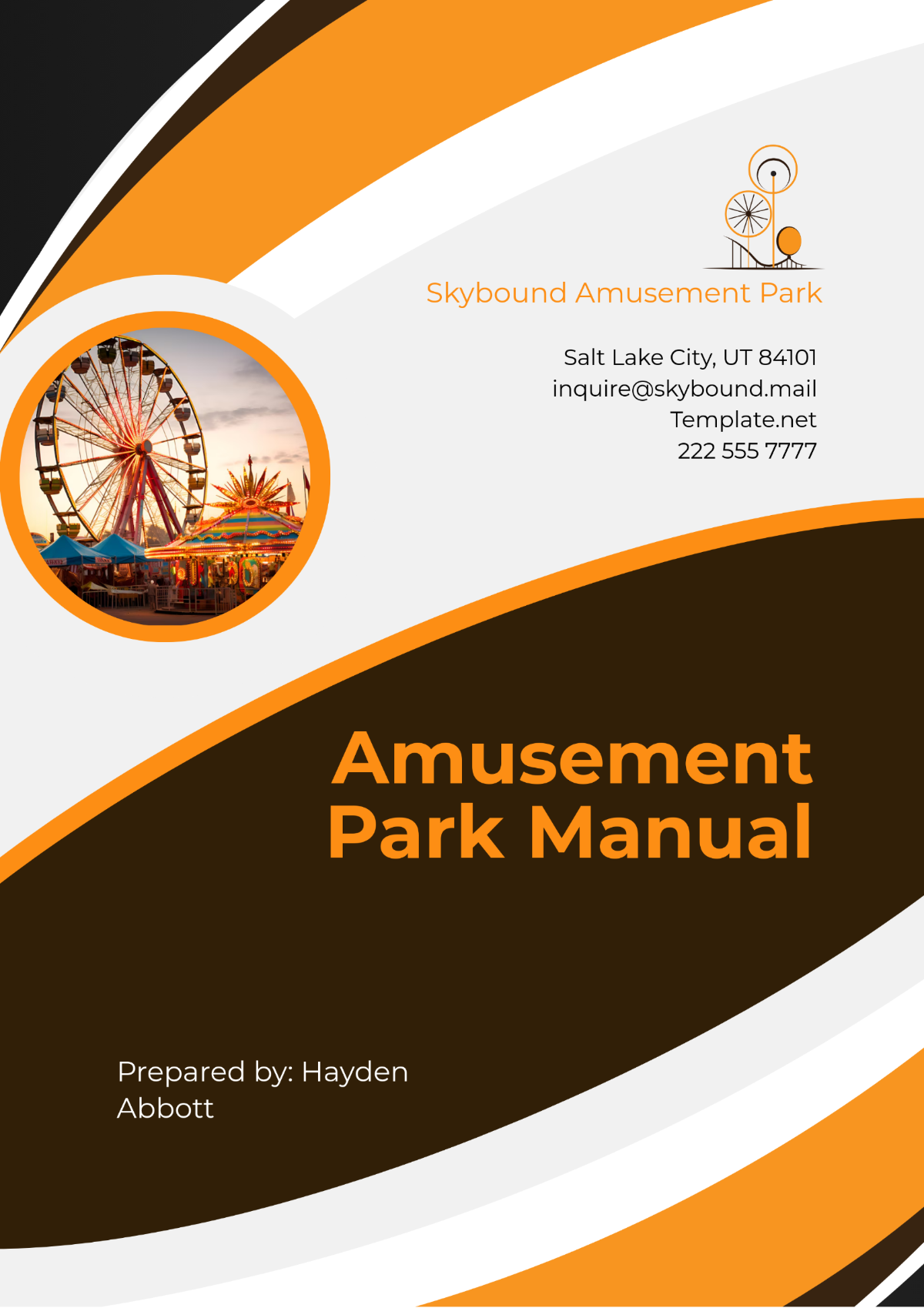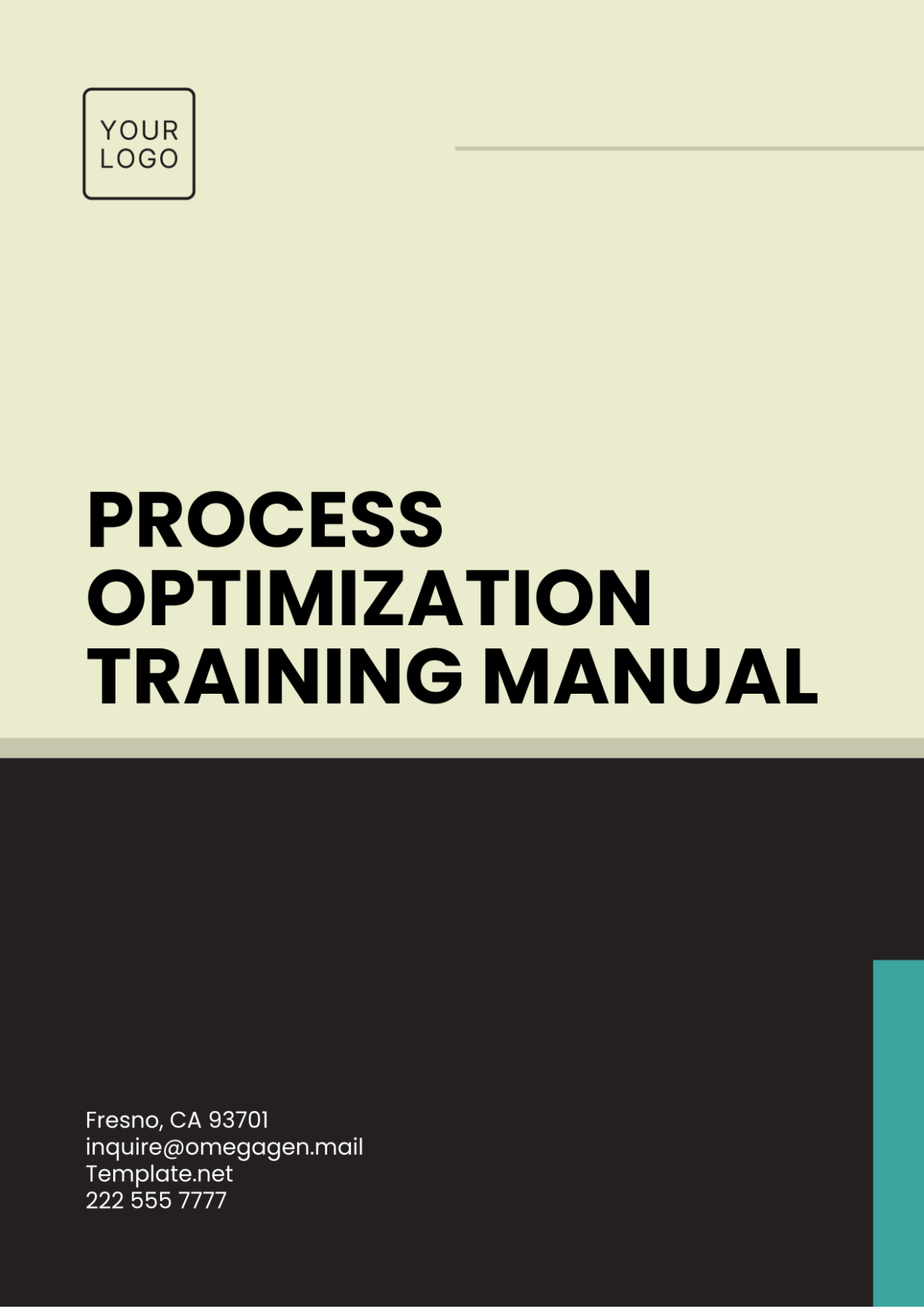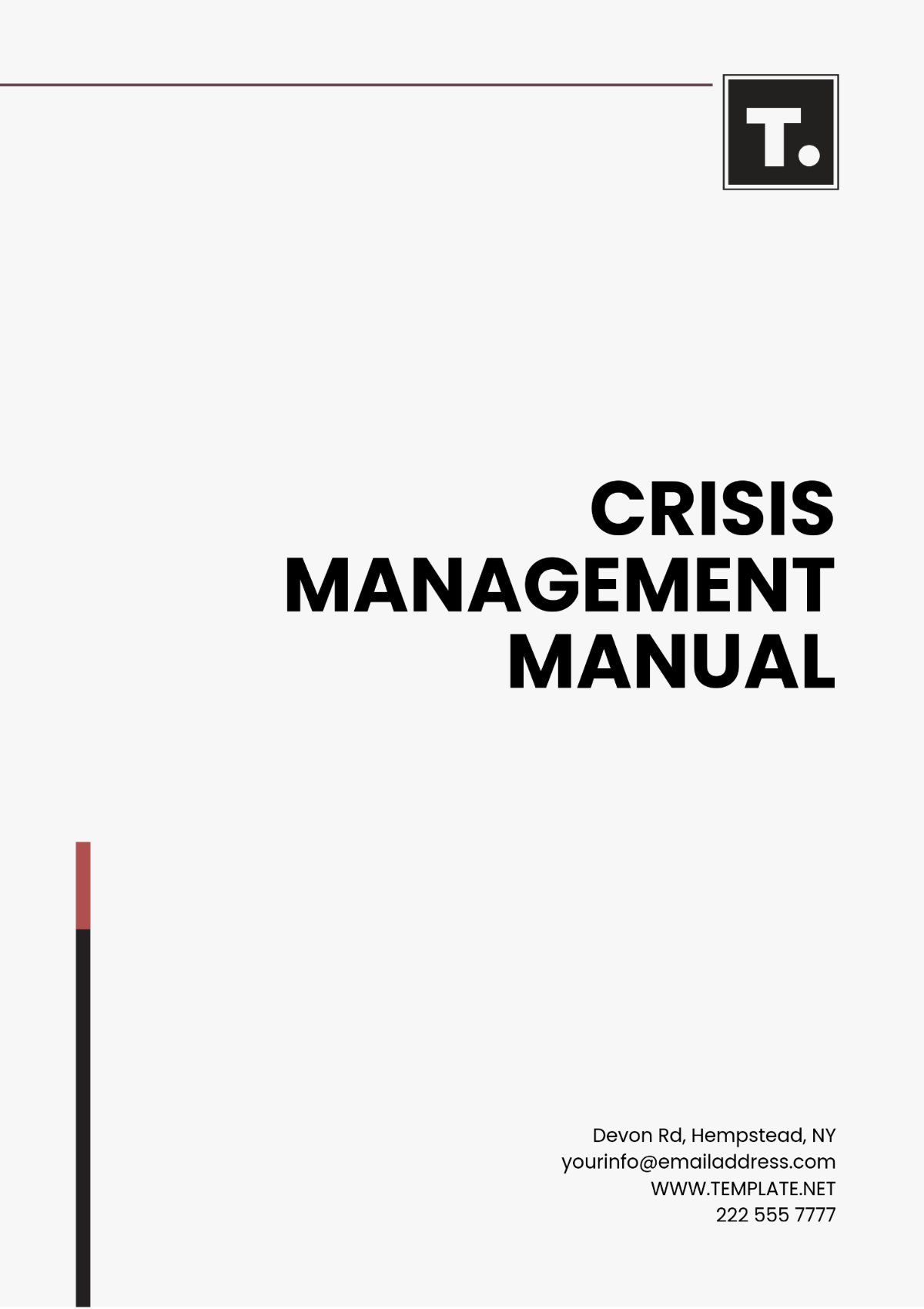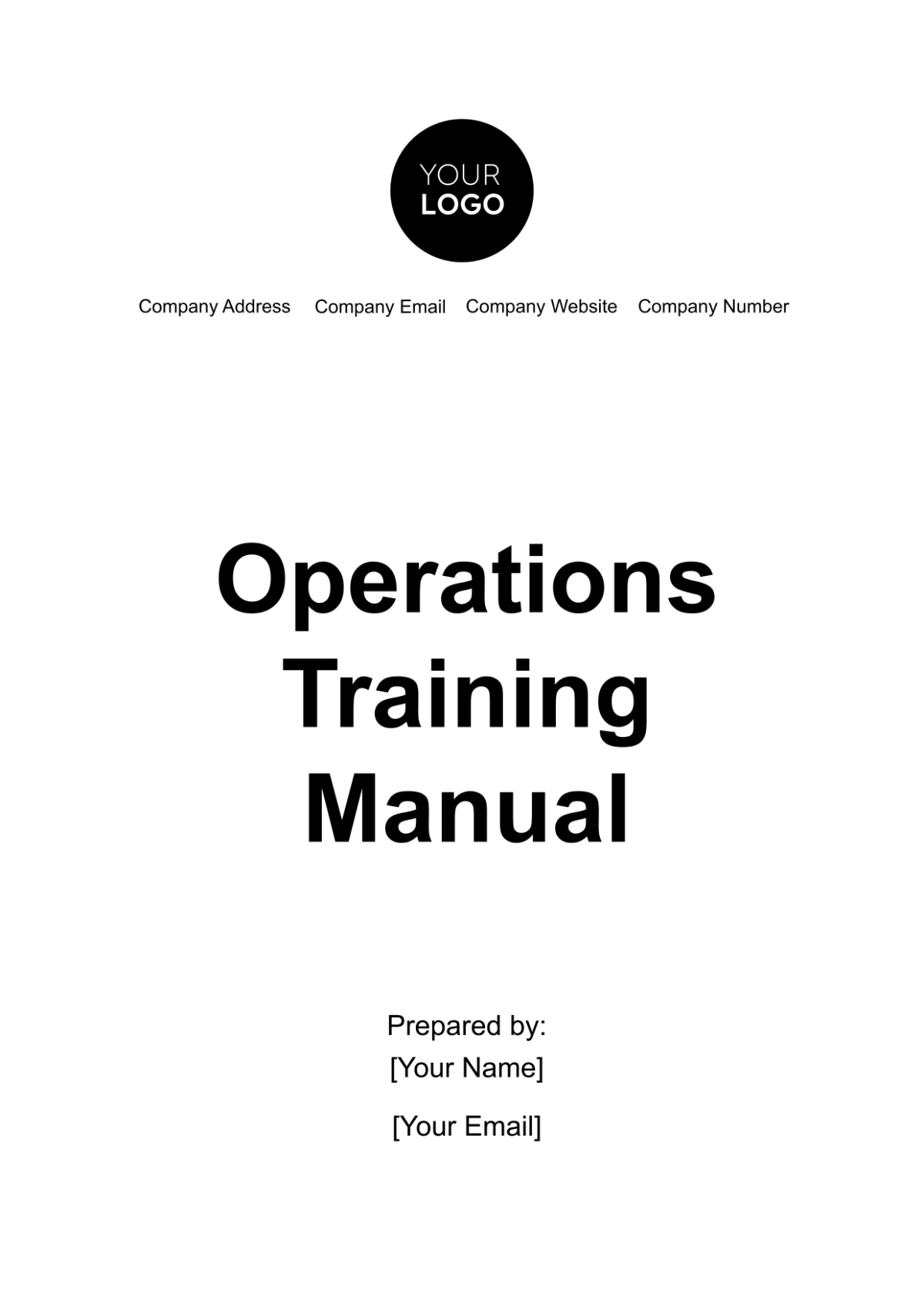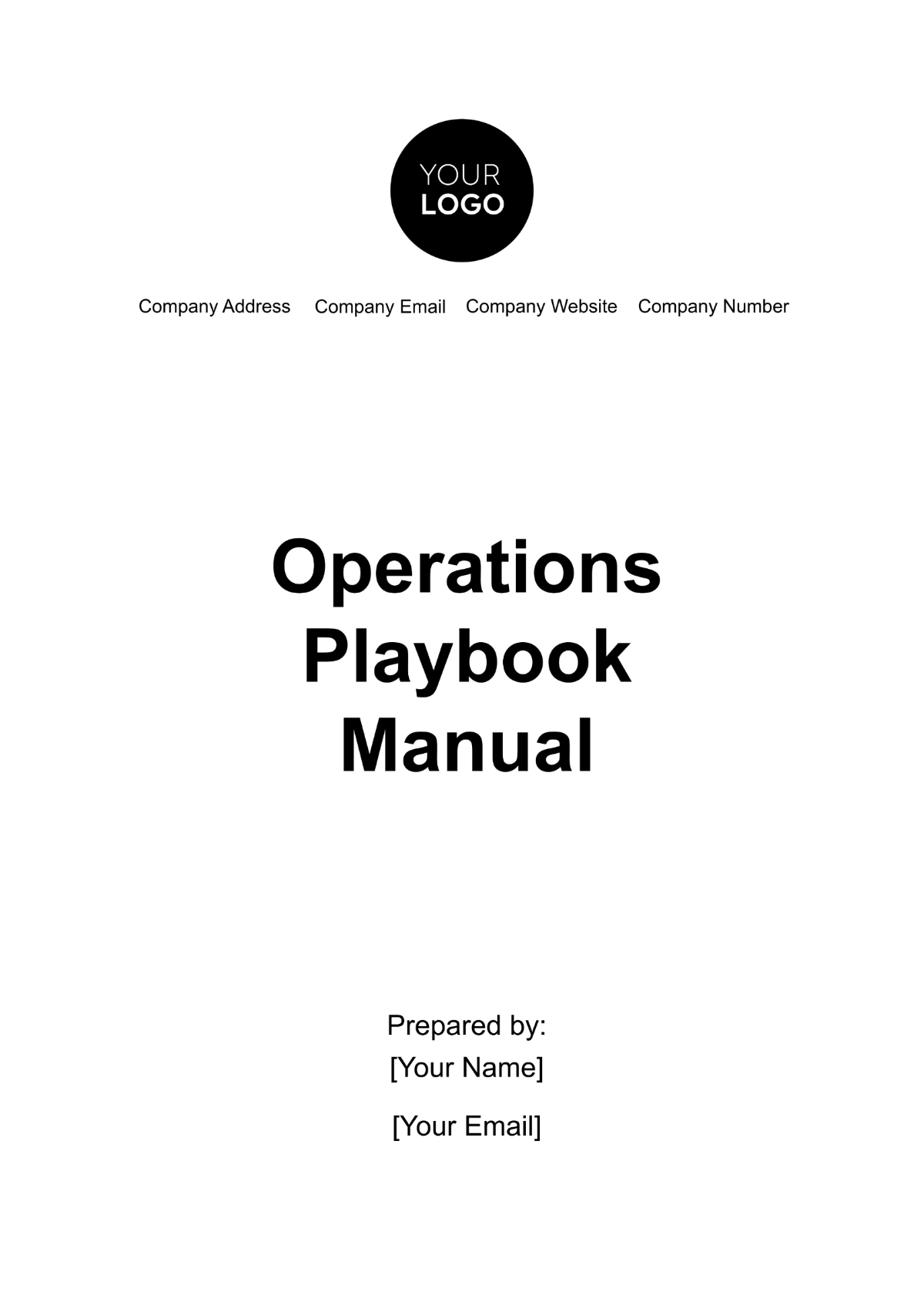Operations Project and Training Development Manual
I. Introduction
A. Purpose
The purpose of this Operations Project Training and Development Manual is to establish a structured framework for the planning, implementation, and evaluation of training programs within [Your Company Name]. By delineating clear guidelines and procedures, this manual aims to ensure the effective transfer of knowledge and skills to project personnel, thereby enhancing their performance and contributing to the success of project initiatives. This manual serves as a comprehensive reference for all stakeholders involved in the training and development process, providing valuable insights into best practices, methodologies, and resources available for enhancing project management capabilities.
B. Scope
This manual encompasses all aspects related to training and development activities within the operations department of [Your Company Name]. It provides a roadmap for the design, delivery, and assessment of training programs tailored specifically to the needs of project managers, team members, and other stakeholders involved in project execution. The scope of this manual extends to both internal training initiatives and external training partnerships aimed at augmenting the capabilities of project teams. Additionally, it covers a wide range of topics including project planning, risk management, stakeholder engagement, and resource allocation, ensuring comprehensive coverage of essential project management skills and competencies.
C. Audience
The primary audience for this manual includes project managers, team leads, trainers, and HR personnel responsible for training and development functions within [Your Company Name]. Additionally, it serves as a reference guide for project team members participating in training programs and workshops organized as part of project initiatives. This manual is designed to accommodate users with varying levels of expertise, providing foundational knowledge for beginners while offering advanced insights and strategies for experienced practitioners. As such, it caters to the diverse needs and requirements of individuals across different roles and proficiency levels within the organization.
D. Revision History
The revision history table tracks the evolution of this manual, documenting changes, updates, and revisions made over time to ensure accuracy, relevance, and alignment with organizational objectives and industry standards. It serves as a historical record of the manual's development process, providing transparency and accountability regarding modifications and enhancements implemented to improve its effectiveness and usability.
Revision | Date | Description |
|---|---|---|
1 | [Date] | Initial Draft |
1.1 | [Date] | Updated Sections 3 and 4 |
II. Project Overview
A. Project Objectives
The primary objective of the operations project is to optimize project management processes and methodologies to ensure the successful delivery of projects within [Your Company Name]. Specifically, the project aims to achieve the following objectives:
Streamline project planning and execution processes to minimize delays and cost overruns. This includes standardizing project initiation, scoping, scheduling, and budgeting procedures to improve project predictability and control.
Enhance project team collaboration and communication to foster a culture of innovation and excellence. This involves implementing collaborative tools and techniques, promoting knowledge sharing and cross-functional collaboration, and establishing effective communication channels to facilitate information exchange and decision-making.
Standardize project management practices across departments to ensure consistency and alignment with organizational goals and objectives. This entails developing and implementing standardized project management frameworks, methodologies, and templates to promote consistency, transparency, and accountability in project execution.
B. Key Stakeholders
Key stakeholders involved in the operations project include:
Stakeholder | Role/Position |
|---|---|
Project Sponsor | [Name/Position] |
Project Manager | [Name/Position] |
Operations Director | [Name/Position] |
HR Manager | [Name/Position] |
Training Coordinator | [Name/Position] |
C. Project Timeline
The operations project is scheduled to span [Duration] months, commencing on [Start Date] and concluding on [End Date]. A detailed project timeline, including key milestones and deliverables, is outlined in the project plan. The timeline takes into account various phases of the project lifecycle, including planning, execution, monitoring, and closure, to ensure timely completion and successful implementation of project objectives.
Phase | Start Date | End Date | Key Milestones and Deliverables |
|---|---|---|---|
Planning | [Date] | [Date] | Develop project charter, identify stakeholders, and establish goals |
Execution | [Date] | [Date] | Implement project management processes, execute project activities |
Monitoring | [Date] | [Date] | Monitor project progress, track performance metrics, and risks |
Closure | [Date] | [Date] | Finalize project deliverables, conduct project review, and closure |
D. Project Deliverables
The operations project will deliver the following key deliverables:
Revised project management processes and methodologies documentation: This includes updated project management policies, procedures, and guidelines to reflect best practices and industry standards, as well as templates and tools for project planning, execution, monitoring, and control.
Updated project management templates and tools: This encompasses the development and customization of project management templates, such as project charters, work breakdown structures (WBS), Gantt charts, and risk registers, to support consistent and efficient project execution.
Training curriculum and materials for project management training programs: This involves the design, development, and delivery of training programs tailored to the specific needs and skill levels of project managers, team members, and other stakeholders involved in project execution. Training materials may include presentations, handouts, case studies, exercises, and assessments designed to enhance participants' understanding and application of project management concepts and techniques.
III. Training Needs Analysis
A. Identification of Training Needs
The identification of training needs is a crucial step in the development of effective training programs. It involves gathering information about the knowledge, skills, and competencies required by project personnel to perform their roles effectively. Training needs can be identified through various methods, including:
Surveys: Conducting surveys among project team members to assess their perceived training needs and areas for improvement.
Interviews: Engaging in one-on-one or group interviews with project stakeholders to understand their specific training requirements and challenges.
Performance evaluations: Reviewing performance data, such as project performance metrics, individual performance reviews, and feedback from supervisors and peers, to identify competency gaps and areas for development.
B. Gap Analysis
Once training needs have been identified, a gap analysis is conducted to compare the current skills and competencies of project personnel with the desired proficiency levels. This involves:
Defining desired competency standards: Establishing clear criteria and benchmarks for the knowledge, skills, and behaviors expected of project personnel based on organizational goals and industry standards.
Assessing current competency levels: Evaluating the existing skills and competencies of project personnel through self-assessments, performance evaluations, and skills assessments.
Identifying gaps: Analyzing the disparities between current and desired competency levels to pinpoint areas where additional training and development efforts are needed.
C. Training Objectives
Based on the results of the training needs analysis and gap analysis, clear training objectives are established to guide the development and delivery of training programs. Training objectives should be:
Specific: Clearly defining the knowledge, skills, and competencies that participants are expected to acquire or enhance through training.
Measurable: Establishing criteria for assessing the effectiveness of training programs and measuring participants' progress toward achieving training objectives.
Achievable: Ensuring that training objectives are realistic and attainable within the constraints of time, resources, and participant capabilities.
Relevant: Aligning training objectives with the strategic goals and objectives of [Your Company Name] and the specific needs of project personnel.
Time-bound: Setting deadlines and timelines for achieving training objectives to provide a sense of urgency and accountability.
IV. Training Strategy
A. Training Methodologies
The selection of appropriate training methodologies is essential for delivering effective and engaging training programs. [Your Company Name] employs a variety of training methodologies tailored to the specific needs and learning preferences of project personnel. These may include:
Classroom Training: Instructor-led training sessions conducted in a traditional classroom setting, allowing for interactive discussions, group activities, and hands-on exercises.
On-the-Job Training (OJT): Practical, experiential learning opportunities provided within the context of real-world project environments, allowing participants to apply newly acquired skills and knowledge directly to their job responsibilities.
Workshops and Seminars: Intensive, focused learning experiences facilitated by subject matter experts, providing participants with in-depth knowledge and practical insights into specific project management topics and techniques.
B. Training Delivery Modes
To accommodate the diverse needs and preferences of project personnel, [Your Company Name] offers training programs in various delivery modes, including:
In-person Training: Face-to-face training sessions conducted at [Your Company Name] facilities or other designated venues, providing opportunities for direct interaction and collaboration among participants and trainers.
Virtual/Online Training: Web-based training programs delivered through online platforms and virtual classrooms, enabling remote participation and accessibility for geographically dispersed teams.
C. Training Schedule
A well-defined training schedule is essential for coordinating training activities, managing resources, and ensuring the timely completion of training programs. The training schedule includes:
Session Dates and Times: The dates and times of scheduled training sessions, including start and end times, duration, and breaks.
Training Locations: The physical or virtual locations where training sessions will be conducted, along with logistical details such as room assignments, equipment availability, and technical requirements.
Trainer Assignments: The names and qualifications of trainers assigned to facilitate each training session, including their areas of expertise and contact information.
Participant Enrollment: The list of participants enrolled in each training session, including their names, roles, and department affiliations.
V. Development Plan
A. Curriculum Development
The development of a comprehensive curriculum is essential for structuring and organizing training programs to effectively address the identified training needs of project personnel. The curriculum outlines the topics, learning objectives, and instructional materials that will be covered in each training session. The curriculum development process includes:
Needs Analysis: Reviewing the results of the training needs analysis to identify key areas of focus and determine the content and scope of the curriculum.
Learning Objectives: Defining clear and measurable learning objectives for each training module, specifying the knowledge, skills, and competencies that participants are expected to acquire.
Content Selection: Selecting relevant and up-to-date content and resources to support the attainment of learning objectives, including textbooks, articles, case studies, and multimedia materials.
Instructional Design: Designing instructional activities and assessments that engage participants and facilitate active learning, such as group discussions, case studies, role-playing exercises, and quizzes.
Curriculum Mapping: Organizing the curriculum into logical sequences and modules, ensuring that topics are presented in a structured and coherent manner that promotes understanding and retention.
Review and Revision: Soliciting feedback from subject matter experts, trainers, and participants to review and revise the curriculum as needed to enhance its relevance, effectiveness, and alignment with training objectives.
B. Training Material Creation
The creation of high-quality training materials is essential for supporting the delivery of training programs and enhancing the learning experience of participants. Training materials may include:
Participant Guides: Comprehensive manuals or handbooks that provide participants with an overview of the training program, learning objectives, agenda, and instructional materials.
Presentation Slides: Visual aids used by trainers to deliver content during training sessions, including slides, charts, diagrams, and illustrations.
Handouts and Worksheets: Supplementary materials provided to participants to reinforce learning, such as exercises, case studies, checklists, and templates.
Multimedia Resources: Audiovisual materials, such as videos, simulations, and interactive modules, used to demonstrate concepts, illustrate examples, and engage participants.
Assessment Tools: Evaluation instruments, such as quizzes, tests, and self-assessments, used to measure participants' understanding and retention of training content.
C. Instructor Selection and Training
The selection and training of qualified instructors are critical for the successful delivery of training programs. Instructors are chosen based on their subject matter expertise, teaching experience, and interpersonal skills. The instructor selection process includes:
Identification of Candidates: Identifying potential instructors from within [Your Company Name] or external training providers with the requisite knowledge and experience in project management.
Qualification Assessment: Evaluating candidates' qualifications, credentials, and teaching abilities through interviews, assessments, and references.
Training and Development: Providing instructors with training and support to enhance their instructional skills, knowledge of training content, and familiarity with training methodologies and technologies.
Ongoing Evaluation: Conducting regular evaluations of instructor performance and participant feedback to assess effectiveness and identify areas for improvement.
VI. Training Delivery
A. Pre-Training Preparation
Pre-training preparation is essential for ensuring that training sessions run smoothly and efficiently. This includes:
Logistics Planning: Coordinating logistics such as venue booking, equipment setup, and catering arrangements to ensure that training sessions are conducted in a conducive environment with the necessary resources and facilities.
Participant Communication: Providing participants with pre-training information, including training schedules, agendas, and materials, to familiarize them with the training program and set expectations.
Trainer Preparation: Ensuring that trainers are adequately prepared for training sessions, including familiarizing themselves with training materials, reviewing session plans, and addressing any logistical or technical issues.
B. Training Sessions
Training sessions are conducted according to the established curriculum and session plans, following best practices in instructional design and delivery. Key aspects of training sessions include:
Content Delivery: Presenting training content in a clear, organized, and engaging manner using a variety of instructional methods and techniques to accommodate different learning styles and preferences.
Interaction and Engagement: Encouraging active participation and interaction among participants through group discussions, activities, and exercises to promote collaboration, critical thinking, and knowledge sharing.
Hands-on Practice: Providing opportunities for participants to apply newly acquired knowledge and skills through hands-on exercises, case studies, simulations, and real-world scenarios.
Feedback and Support: Offering feedback, guidance, and support to participants throughout the training session to address questions, clarify concepts, and reinforce learning.
C. Evaluation and Feedback
Evaluation and feedback are essential for assessing the effectiveness of training programs and identifying areas for improvement. This includes:
Participant Evaluation: Collecting feedback from participants through surveys, assessments, and evaluations to gauge their satisfaction, learning outcomes, and training effectiveness.
Trainer Evaluation: Soliciting feedback from participants and observers to assess trainer performance, effectiveness, and adherence to established quality standards and best practices.
Program Evaluation: Analyzing training evaluation data to identify trends, strengths, weaknesses, and opportunities for improvement in training content, delivery, and impact.
Continuous Improvement: Using evaluation findings to inform decisions and recommendations for enhancing the quality, relevance, and effectiveness of future training programs, including curriculum revisions, instructor training, and instructional design improvements.
VII. Training Program Evaluation
A. Purpose
The purpose of the Training Program Evaluation section is to establish a systematic approach for evaluating the overall effectiveness and impact of training programs conducted within [Your Company Name]. By collecting and analyzing data related to training outcomes, participant satisfaction, and organizational performance metrics, [Your Company Name] aims to assess the return on investment (ROI) of training initiatives, identify areas for improvement, and inform future training strategy and planning.
B. Evaluation Framework
[Your Company Name] utilizes a comprehensive evaluation framework to assess the effectiveness of training programs across multiple dimensions, including:
Learning Outcomes: Evaluating the extent to which training participants have acquired and applied new knowledge, skills, and competencies in their day-to-day work activities.
Performance Improvement: Assessing the impact of training programs on job performance metrics such as project completion rates, on-time delivery, quality of deliverables, and customer satisfaction scores.
Participant Satisfaction: Gathering feedback from training participants regarding their overall satisfaction with the training program, including content relevance, training delivery, instructor effectiveness, and learning experience.
Return on Investment (ROI): Calculating the ROI of training initiatives by comparing the costs associated with training development and delivery to the benefits derived from improved performance, productivity, and organizational outcomes.
C. Data Collection Methods
Data for training program evaluation are collected through various methods, including:
Surveys: Administering surveys to training participants before and after training sessions to assess changes in knowledge, skills, and attitudes, as well as post-training satisfaction and feedback.
Performance Metrics: Analyzing quantitative performance metrics such as project timelines, budgets, and quality indicators to measure the impact of training on job performance and organizational outcomes.
Interviews and Focus Groups: Conducting interviews and focus groups with key stakeholders, including trainers, supervisors, and project managers, to gather qualitative insights into training effectiveness, challenges, and areas for improvement.
Documentation Review: Reviewing training materials, session plans, evaluations, and other documentation to assess adherence to training objectives, curriculum design, and instructional quality.
D. Analysis and Reporting
Data collected through training program evaluation are analyzed to identify trends, patterns, and areas for improvement. Evaluation findings are reported in a comprehensive evaluation report, which includes:
Summary of Findings: Providing an overview of key findings, trends, and observations from the evaluation process, including changes in participant knowledge, performance metrics, and satisfaction levels.
Recommendations: Offering actionable recommendations for enhancing the effectiveness and impact of future training programs based on evaluation findings, stakeholder feedback, and best practices in training and development.
Lessons Learned: Documenting lessons learned from the evaluation process, including successes, challenges, and areas for improvement, to inform continuous improvement efforts and future training initiatives.
E. Continuous Improvement
Based on evaluation findings and recommendations, [Your Company Name] continuously improves its training programs by:
Updating Curriculum: Revising training curriculum and materials to incorporate feedback, address identified gaps, and align with evolving business needs and industry trends.
Enhancing Delivery Methods: Exploring innovative training delivery methods and technologies to enhance engagement, accessibility, and effectiveness of training programs.
Providing Additional Support: Offering additional support resources, such as refresher courses, coaching, and mentoring, to reinforce learning and support ongoing skill development.
Monitoring and Evaluation: Establishing regular monitoring and evaluation mechanisms to track the implementation of evaluation recommendations, measure progress, and ensure continuous improvement in training program effectiveness and impact.
VIII. Post-Training Support
A. Ongoing Support Mechanisms
Following the completion of training programs, [Your Company Name] provides various ongoing support mechanisms to reinforce learning and facilitate the application of newly acquired knowledge and skills in real-world project environments. These support mechanisms include:
Mentorship Programs: Pairing trained individuals with experienced mentors or subject matter experts who can provide guidance, advice, and support as they apply their new skills and knowledge in their day-to-day work.
Communities of Practice: Facilitating the formation of communities of practice within [Your Company Name], where project personnel can connect, collaborate, and share best practices, lessons learned, and resources related to project management.
Online Resources: Providing access to online resources such as e-learning modules, tutorials, articles, and forums where participants can continue to expand their knowledge, explore new topics, and seek assistance from peers and experts.
Refresher Courses: Offering refresher courses or follow-up training sessions to reinforce key concepts, address common challenges, and provide updates on changes or advancements in project management practices and methodologies.
B. Performance Monitoring
To assess the effectiveness of training programs and measure their impact on job performance, [Your Company Name] implements performance monitoring mechanisms to track the progress and success of trained individuals. This includes:
Key Performance Indicators (KPIs): Establishing measurable KPIs related to project management performance, such as project completion rates, on-time delivery, budget adherence, and customer satisfaction, to evaluate the effectiveness of training initiatives.
Performance Reviews: Conducting regular performance reviews and assessments to evaluate the performance of trained individuals against established KPIs, identify areas of strength and improvement, and provide constructive feedback and support.
Feedback Loops: Soliciting feedback from project stakeholders, including supervisors, peers, and clients, to gather insights into the impact of training programs on job performance, identify areas for improvement, and inform future training needs and priorities.
Continuous Improvement: Using performance monitoring data to identify trends, patterns, and areas for improvement in project management performance, training effectiveness, and organizational outcomes, and implementing corrective actions and enhancements as needed.
C. Continuous Improvement
Continuous improvement is a fundamental principle of [Your Company Name]'s training and development approach, aimed at enhancing the quality, effectiveness, and relevance of training initiatives over time. This involves:
Feedback Analysis: Analyzing feedback from participants, trainers, supervisors, and other stakeholders to identify strengths, weaknesses, and opportunities for improvement in training content, delivery, and impact.
Root Cause Analysis: Conducting root cause analysis to understand the underlying factors contributing to training challenges, performance gaps, and organizational needs, and develop targeted interventions and solutions.
Iterative Design: Iteratively refining training programs based on evaluation findings, industry best practices, emerging trends, and changing organizational needs to ensure that they remain current, relevant, and aligned with strategic objectives.
Stakeholder Engagement: Engaging stakeholders across the organization, including project managers, team members, supervisors, and executives, in the continuous improvement process to foster collaboration, ownership, and commitment to training initiatives.
Benchmarking and Best Practices: Benchmarking [Your Company Name]'s training programs against industry standards, benchmarks, and best practices to identify opportunities for innovation, differentiation, and excellence in training design and delivery.
X. Conclusion
This Operations Project Training and Development Manual provides a comprehensive framework for planning, implementing, and evaluating training programs within [Your Company Name]. By delineating clear guidelines and procedures, this manual aims to enhance the knowledge, skills, and competencies of project personnel, thereby contributing to the success of project initiatives and organizational objectives.
Throughout this manual, [Your Company Name] emphasizes the importance of conducting a thorough training needs analysis to identify specific areas for improvement and tailor training programs to meet the diverse needs and preferences of project personnel. The manual outlines a systematic approach for curriculum development, training material creation, and instructor selection and training, ensuring that training initiatives are well-designed, engaging, and aligned with organizational goals and objectives.
In summary, the Operations Project Training and Development Manual serves as a valuable resource for project managers, team leads, trainers, and HR personnel responsible for training and development functions within [Your Company Name]. It provides a roadmap for building and sustaining a high-performing project team, driving operational excellence, and achieving project success.

